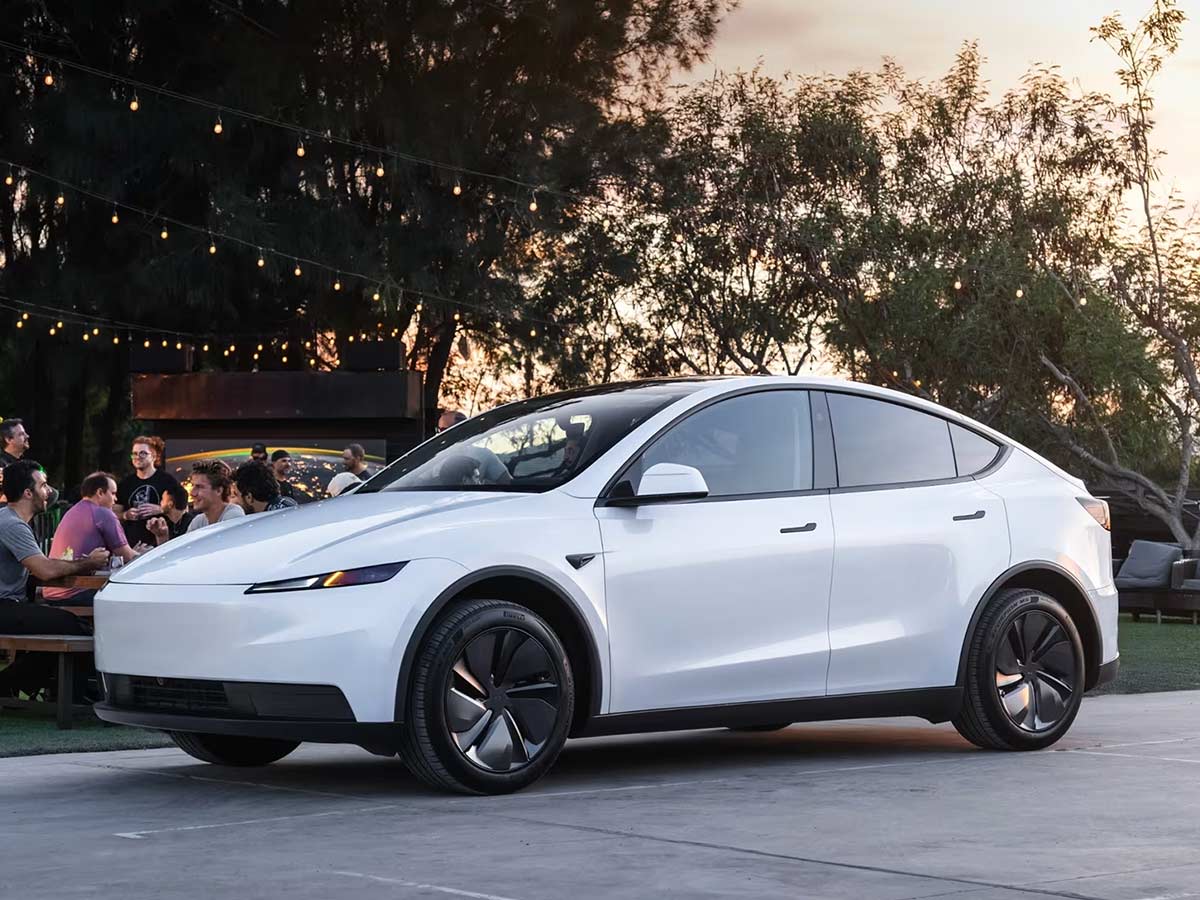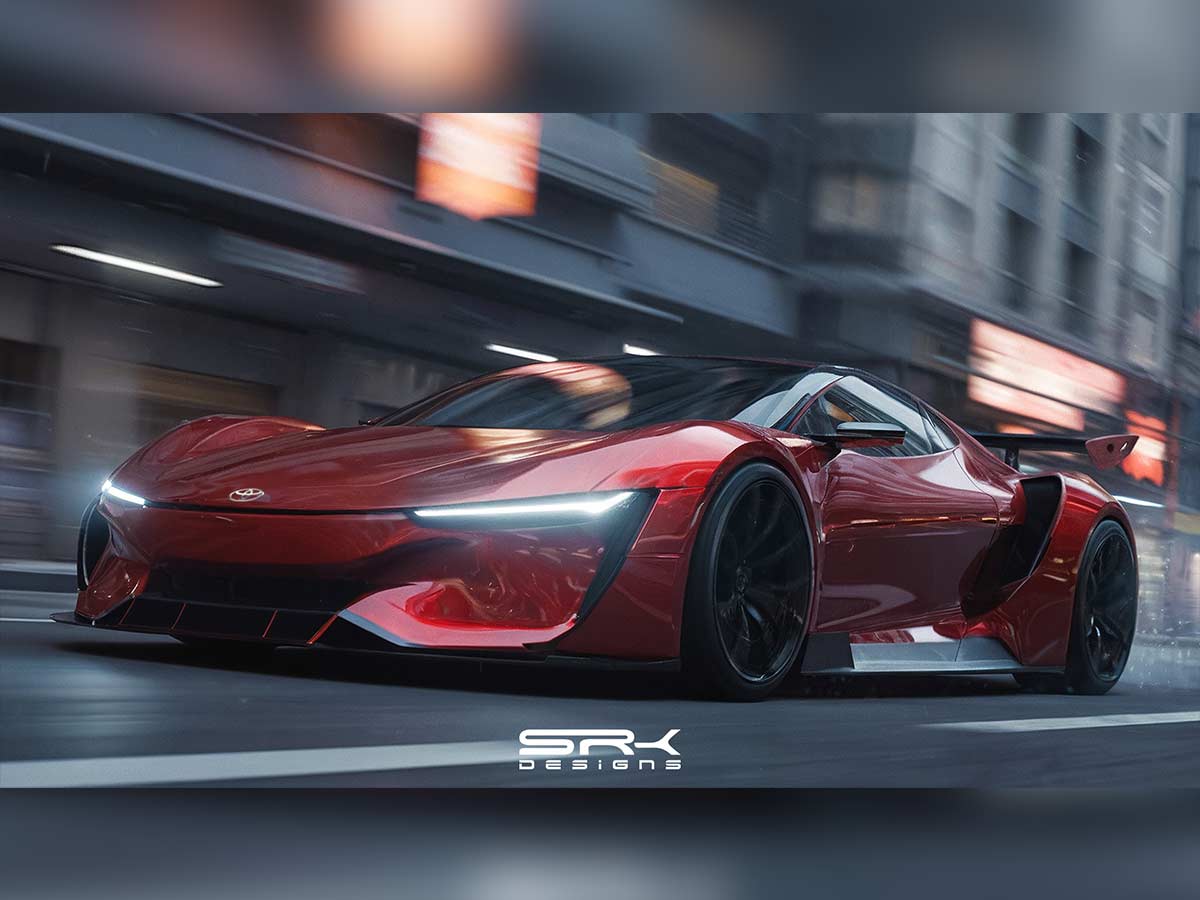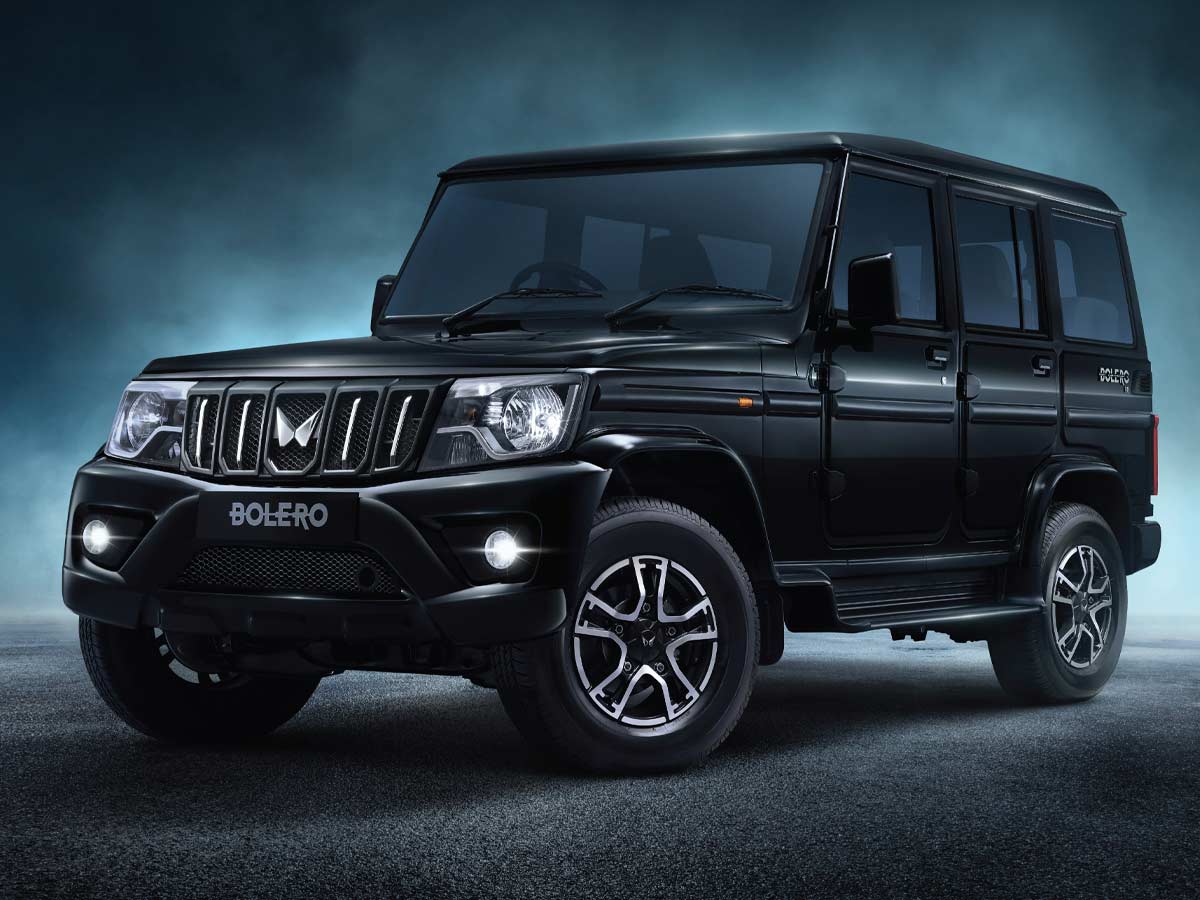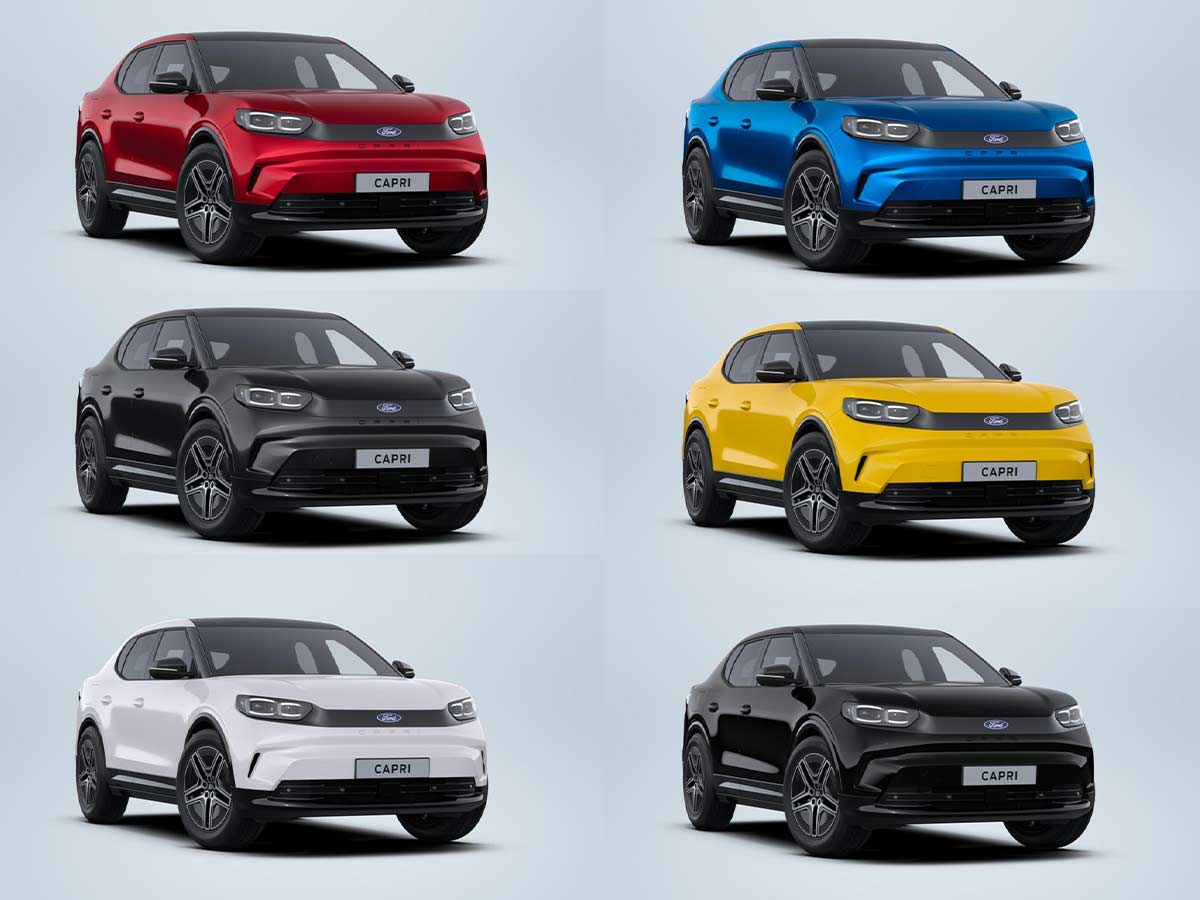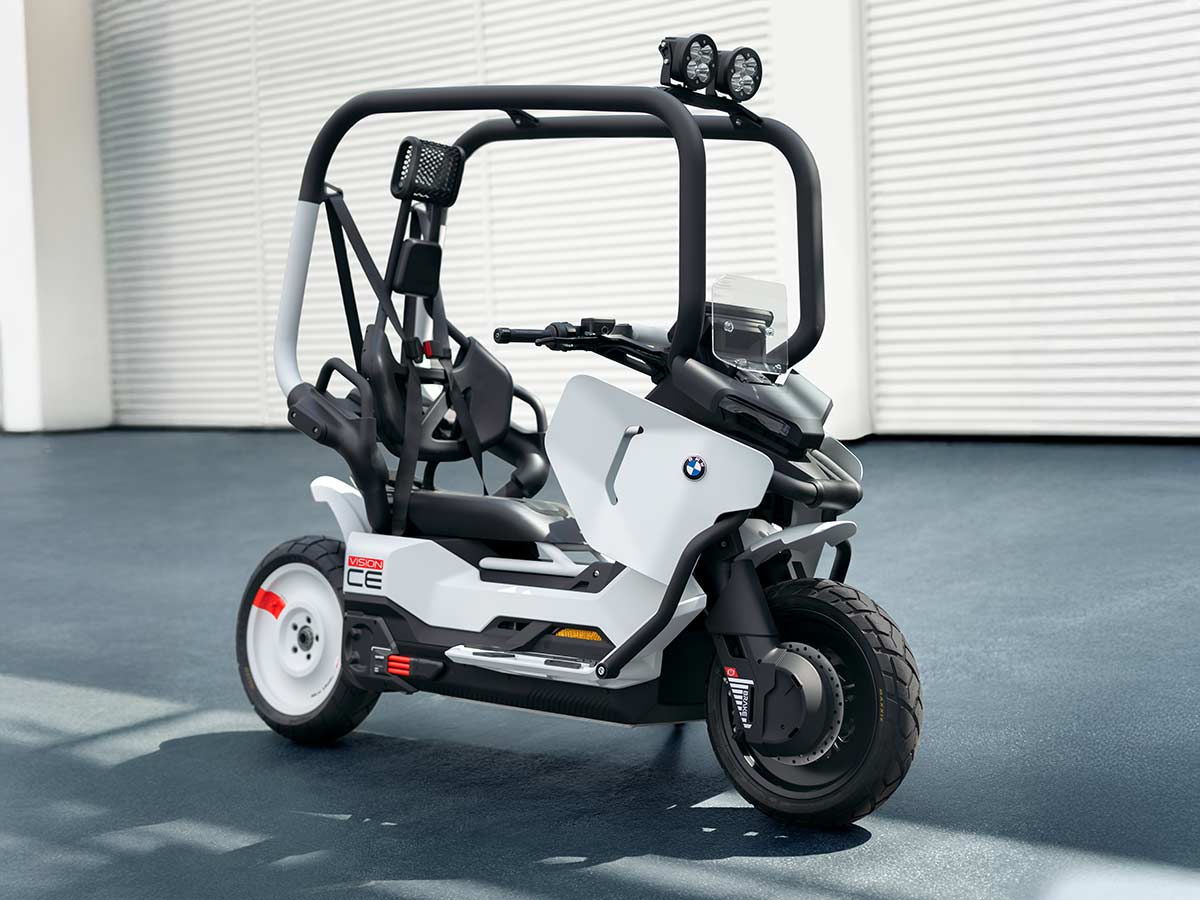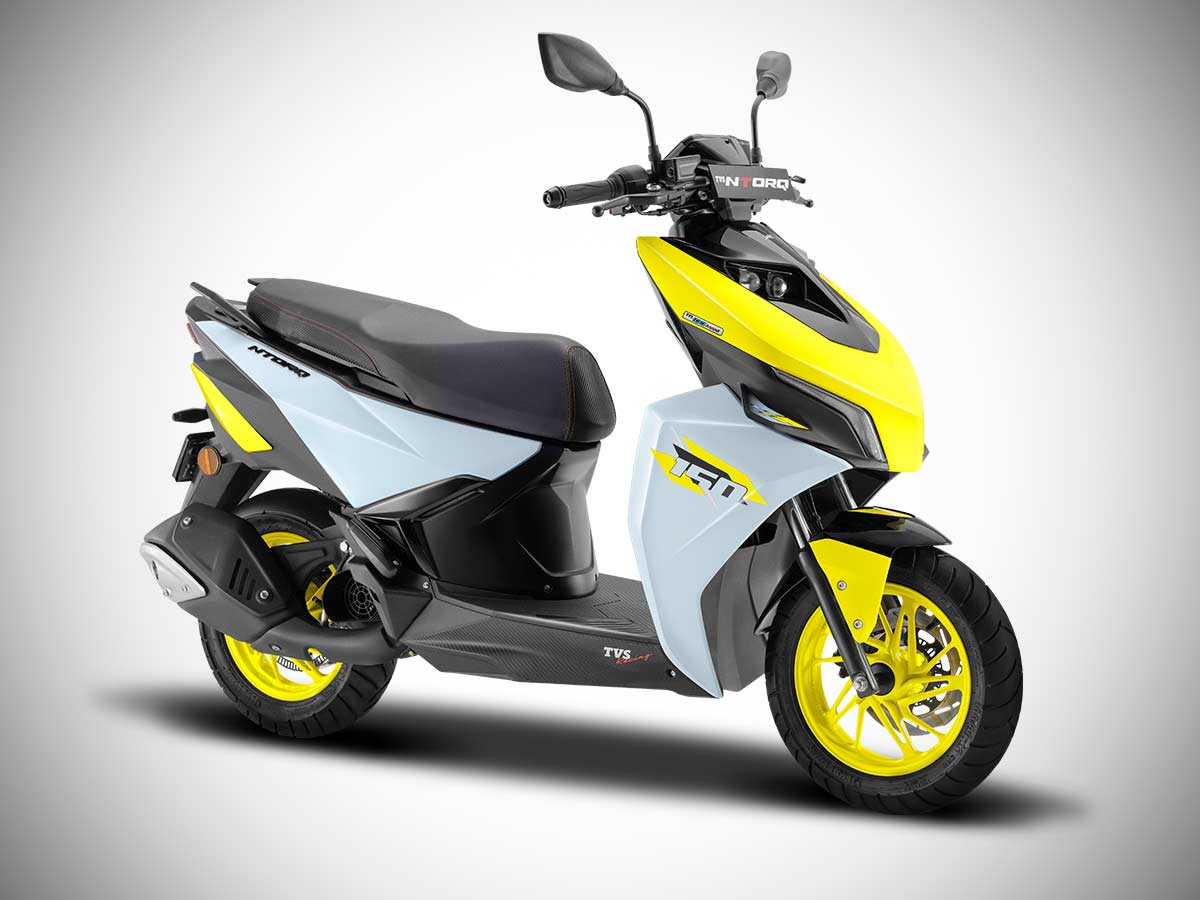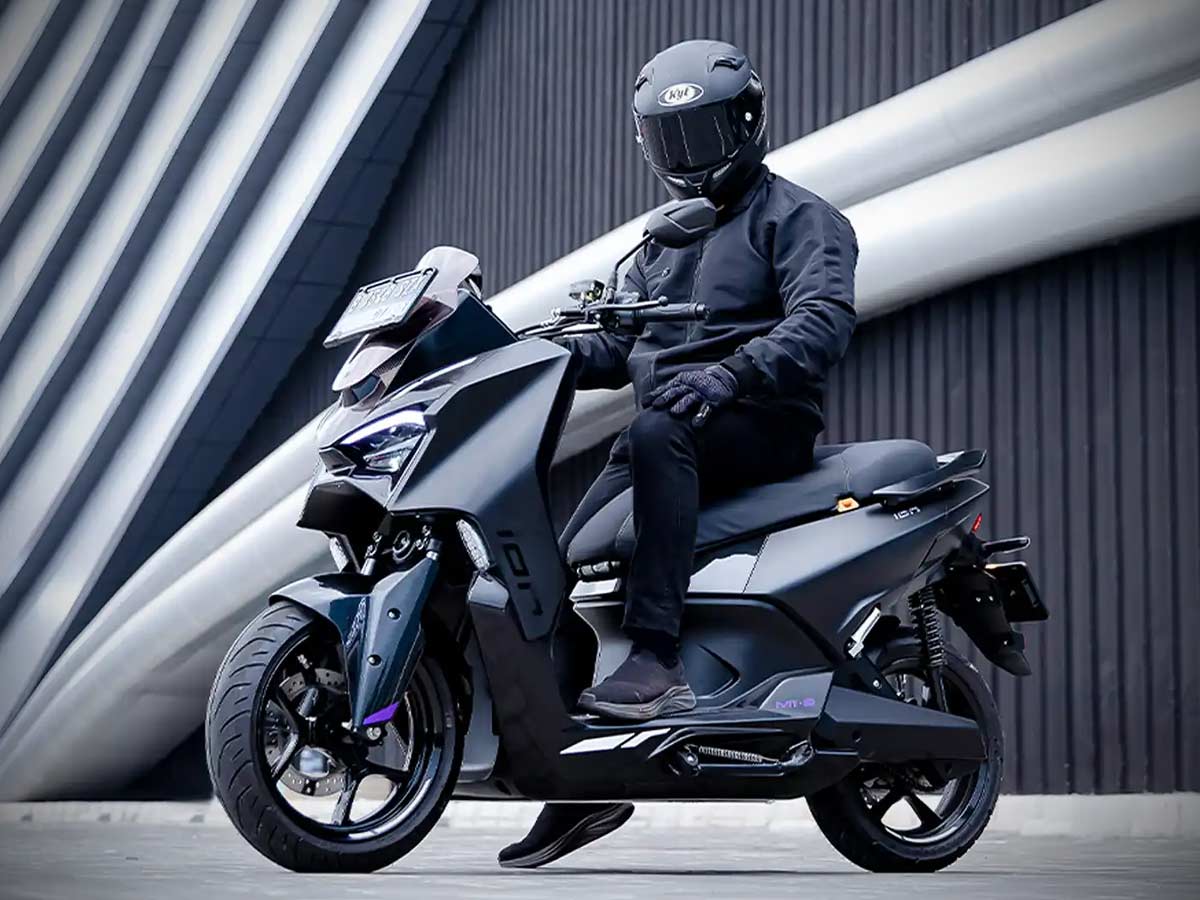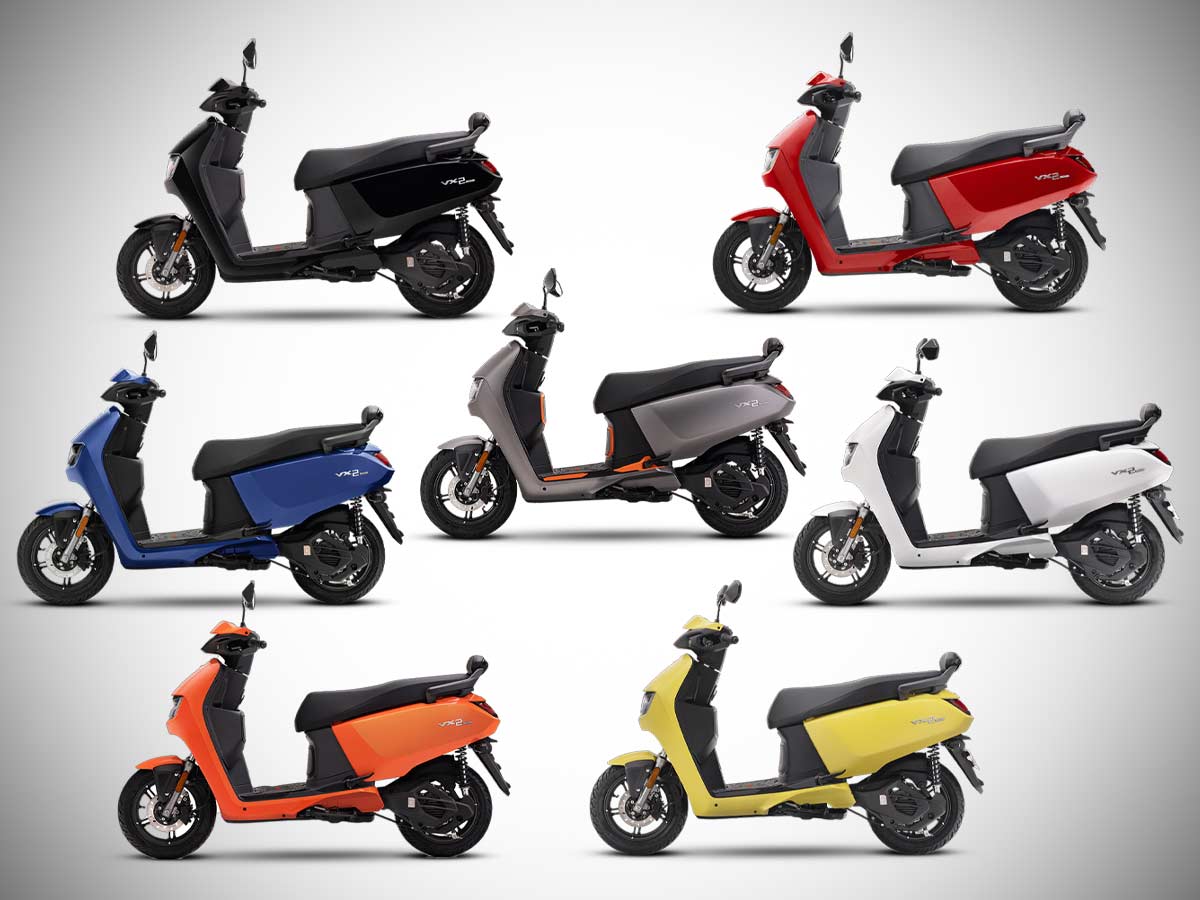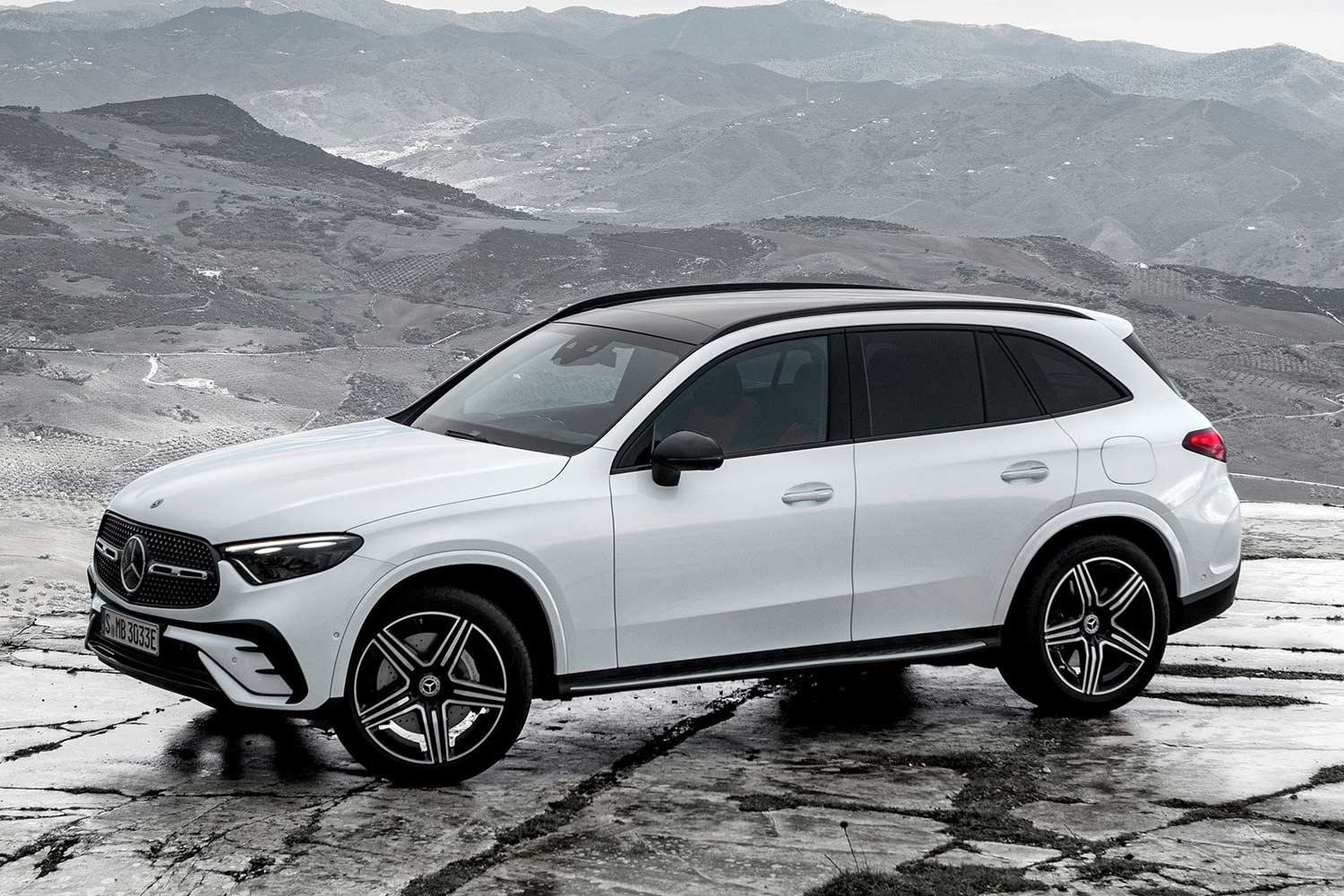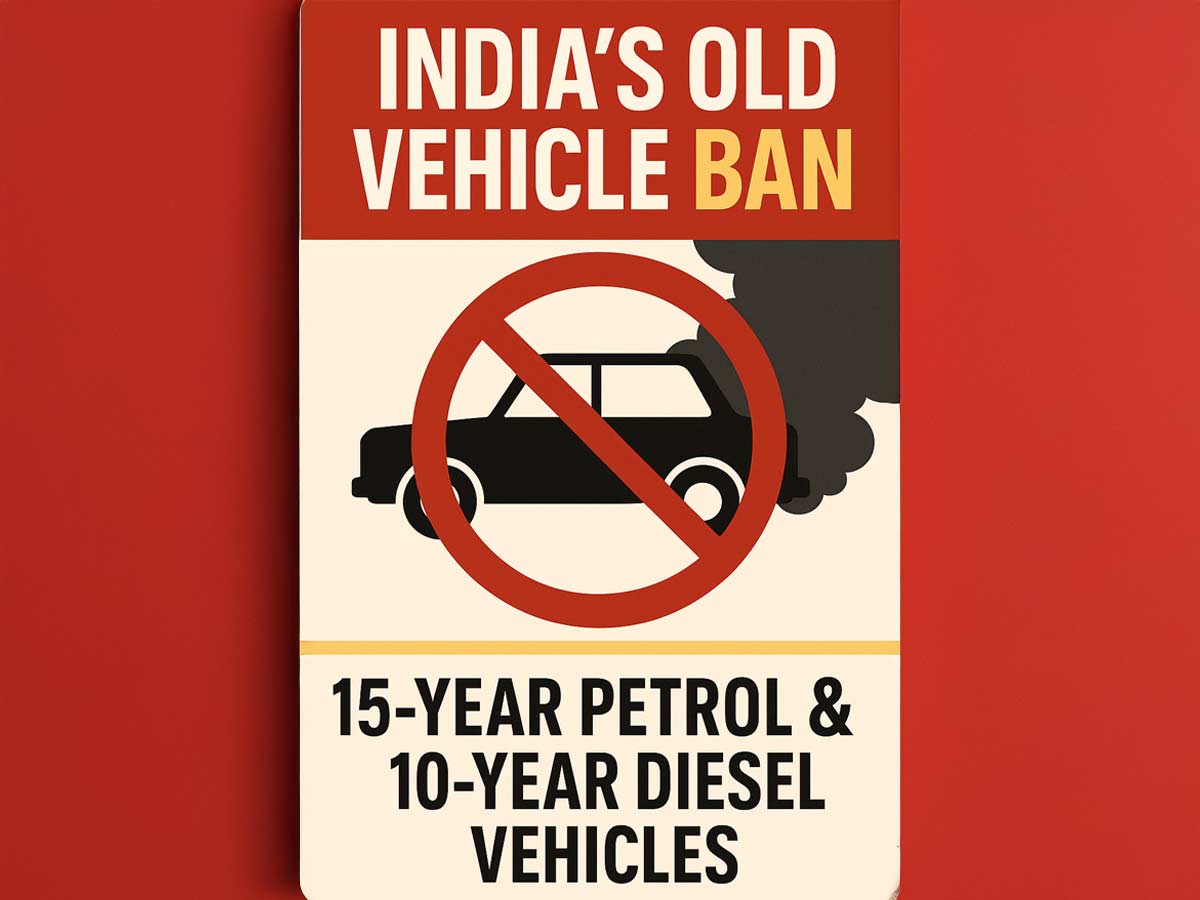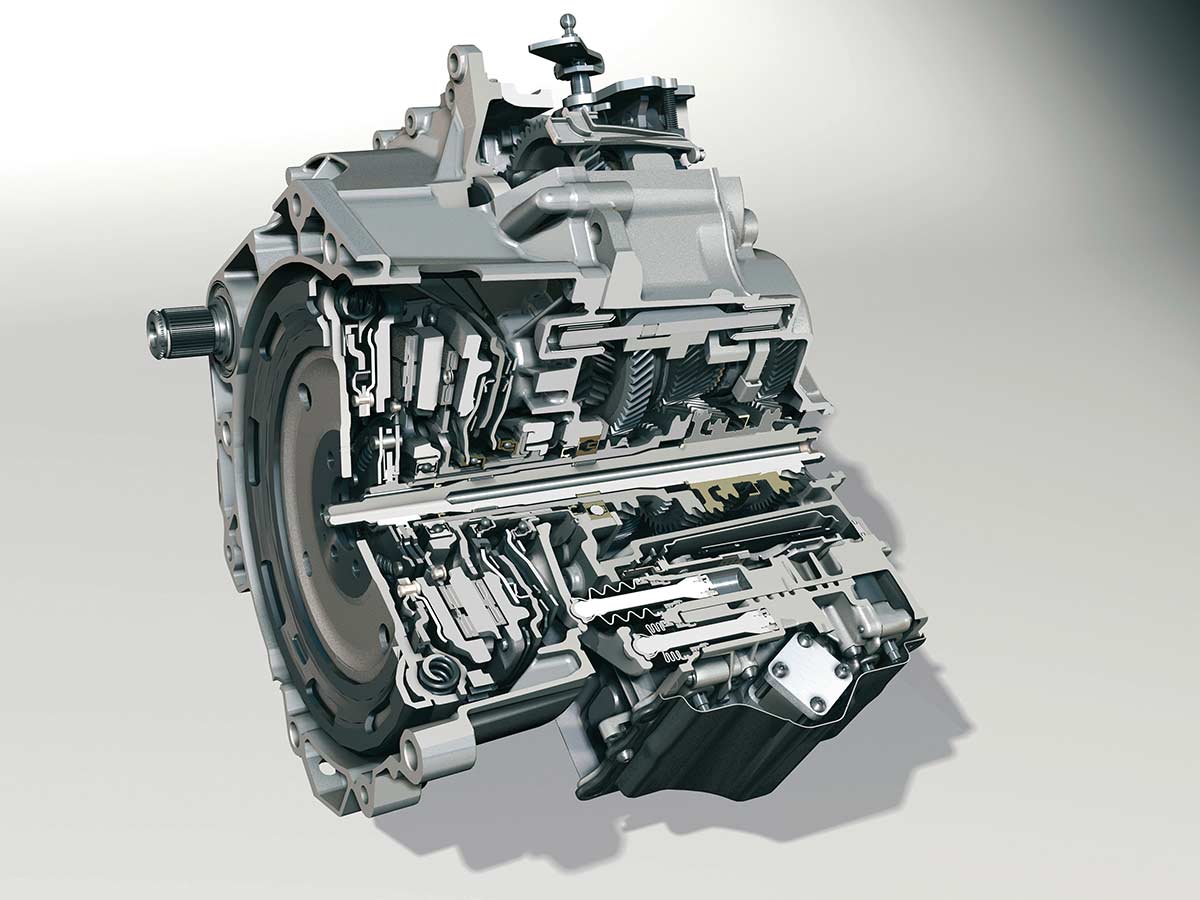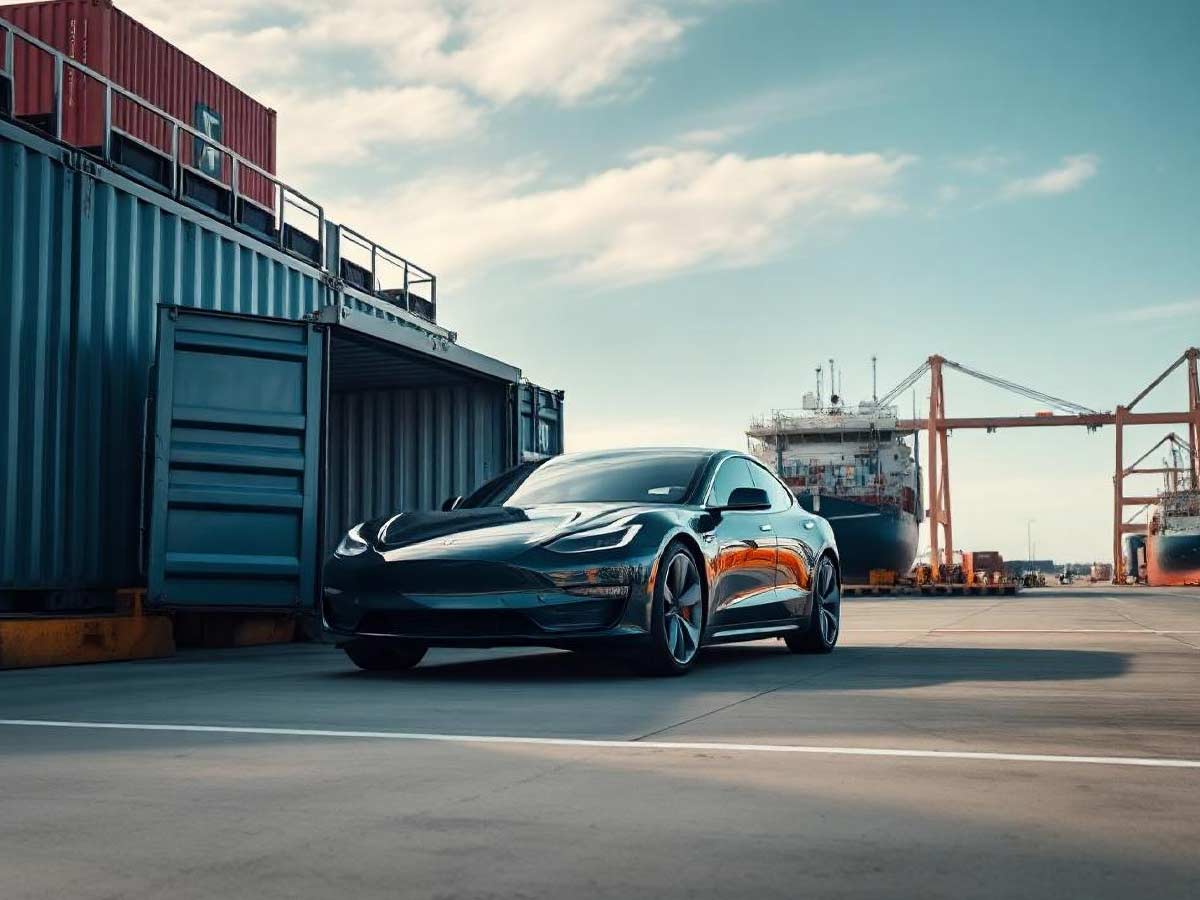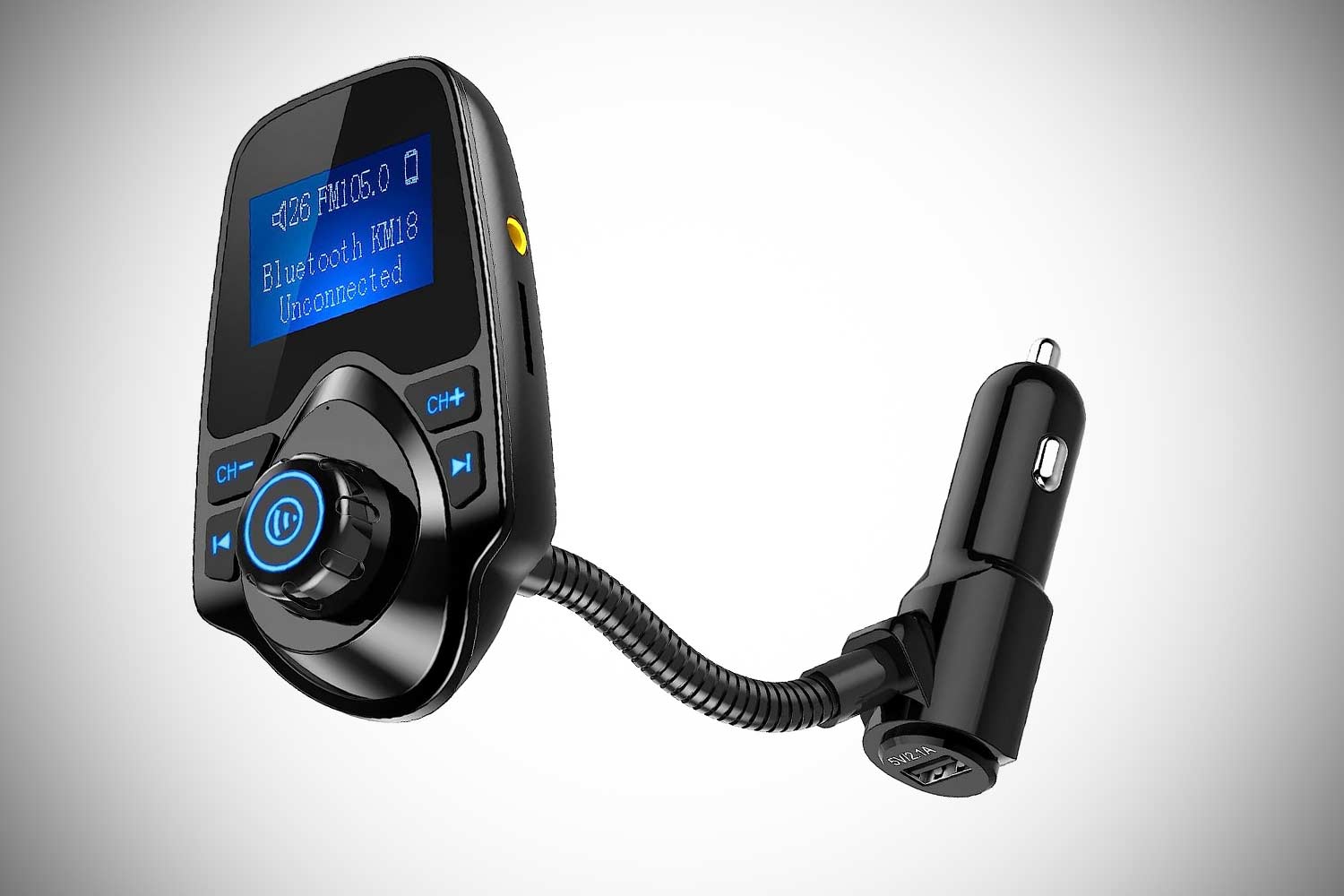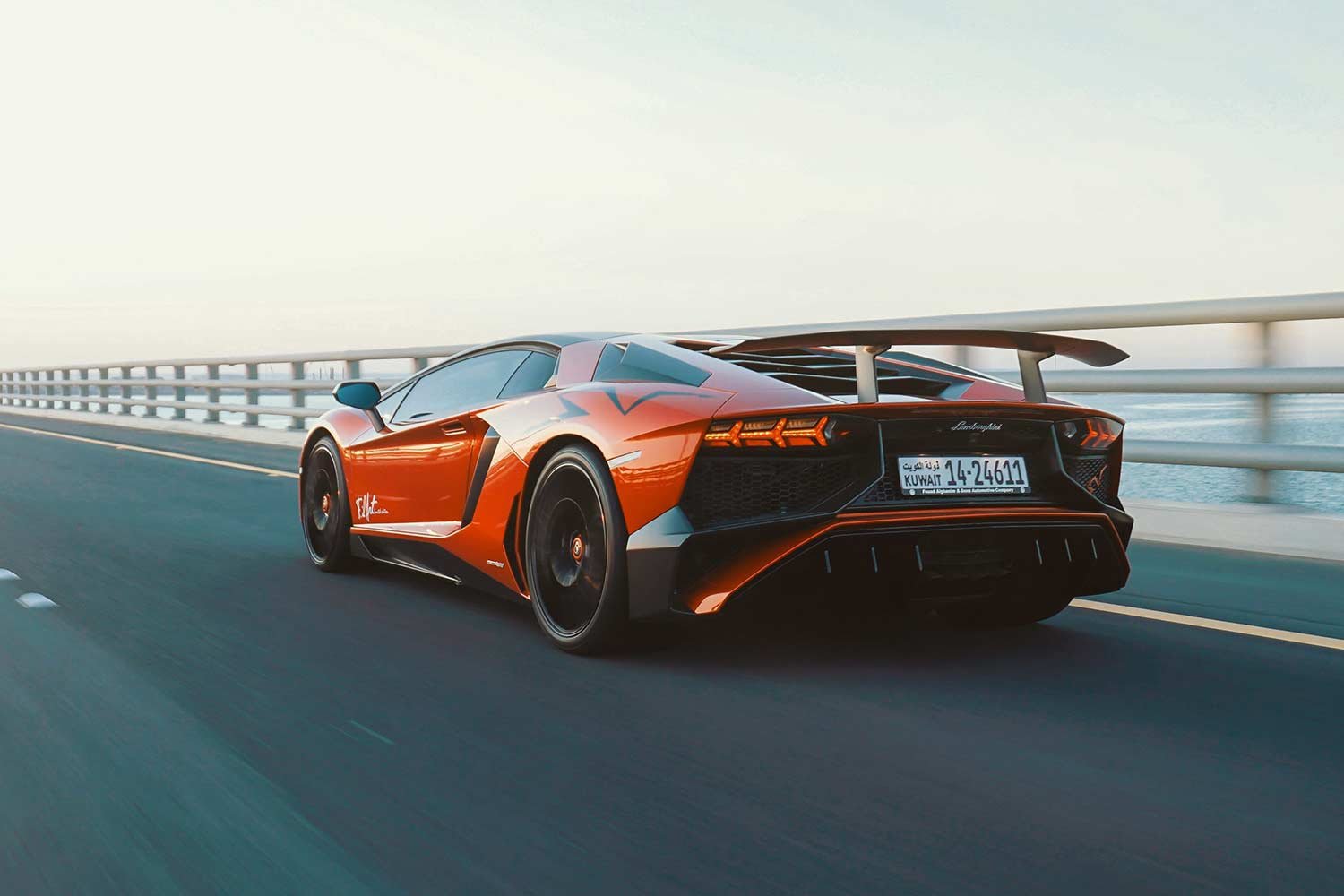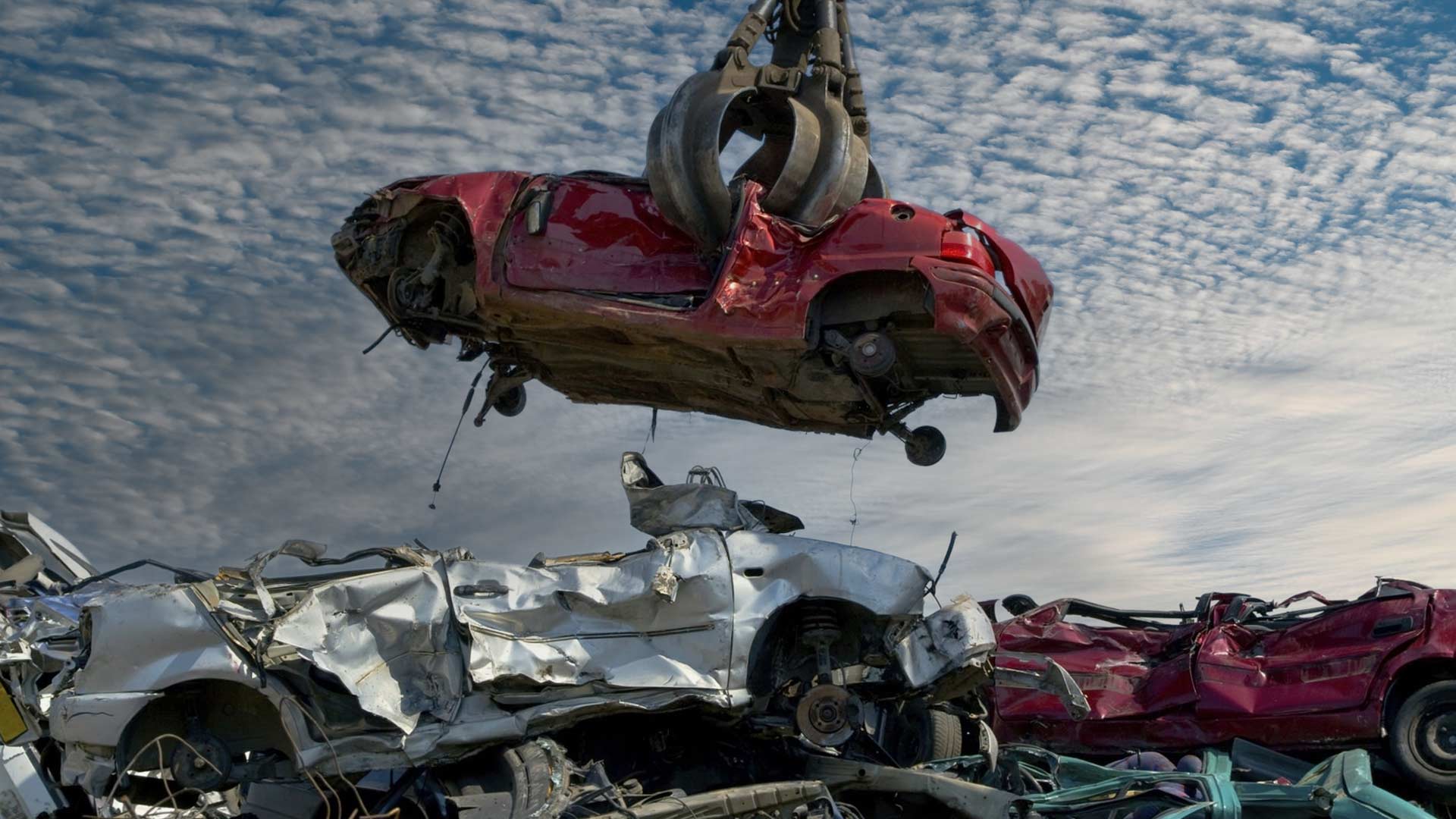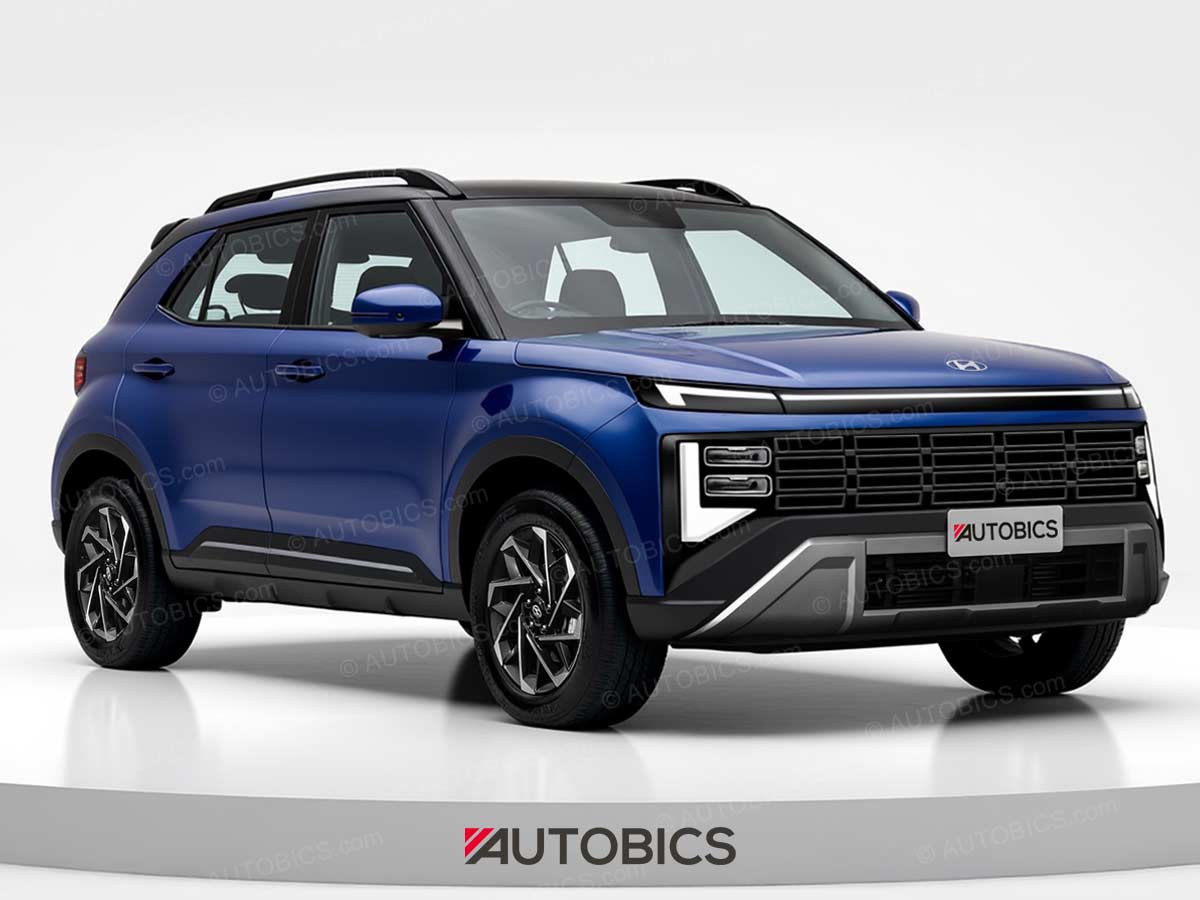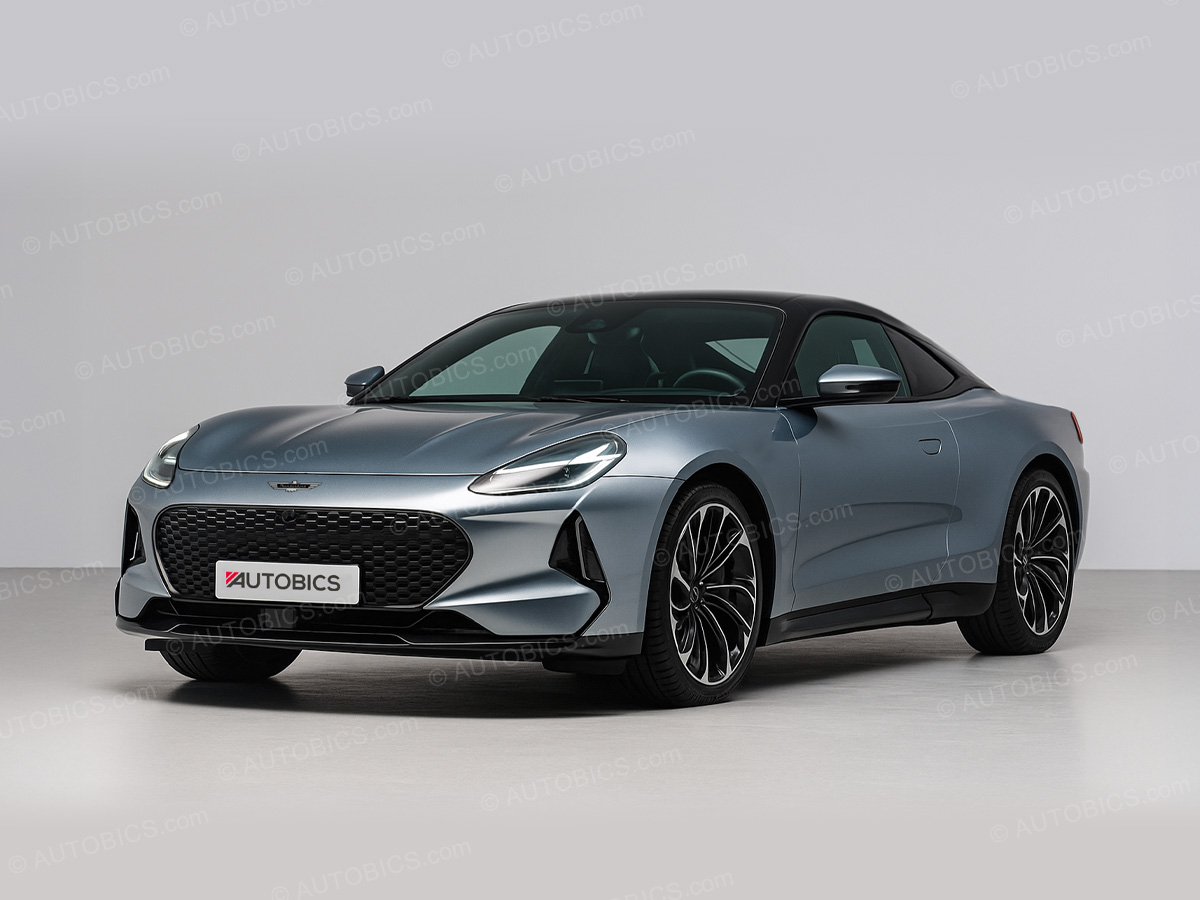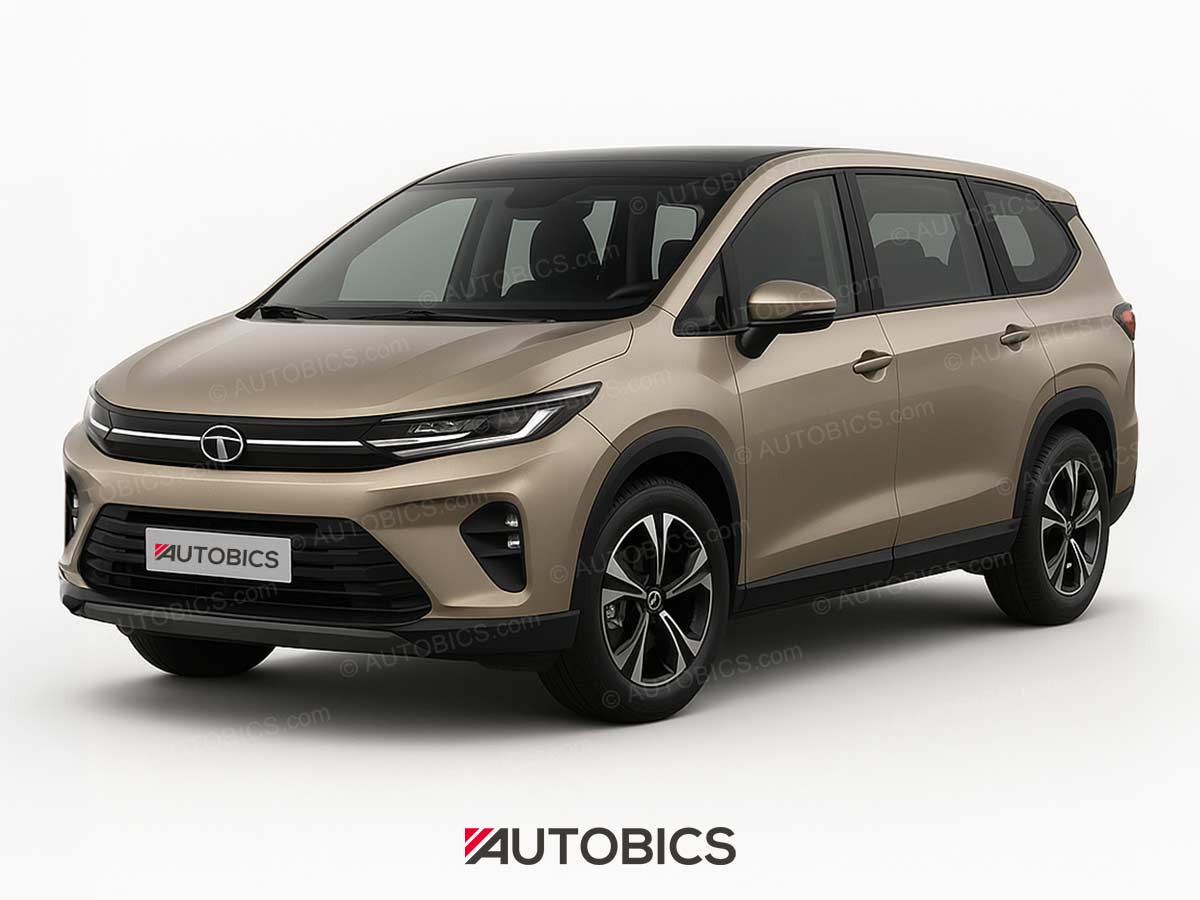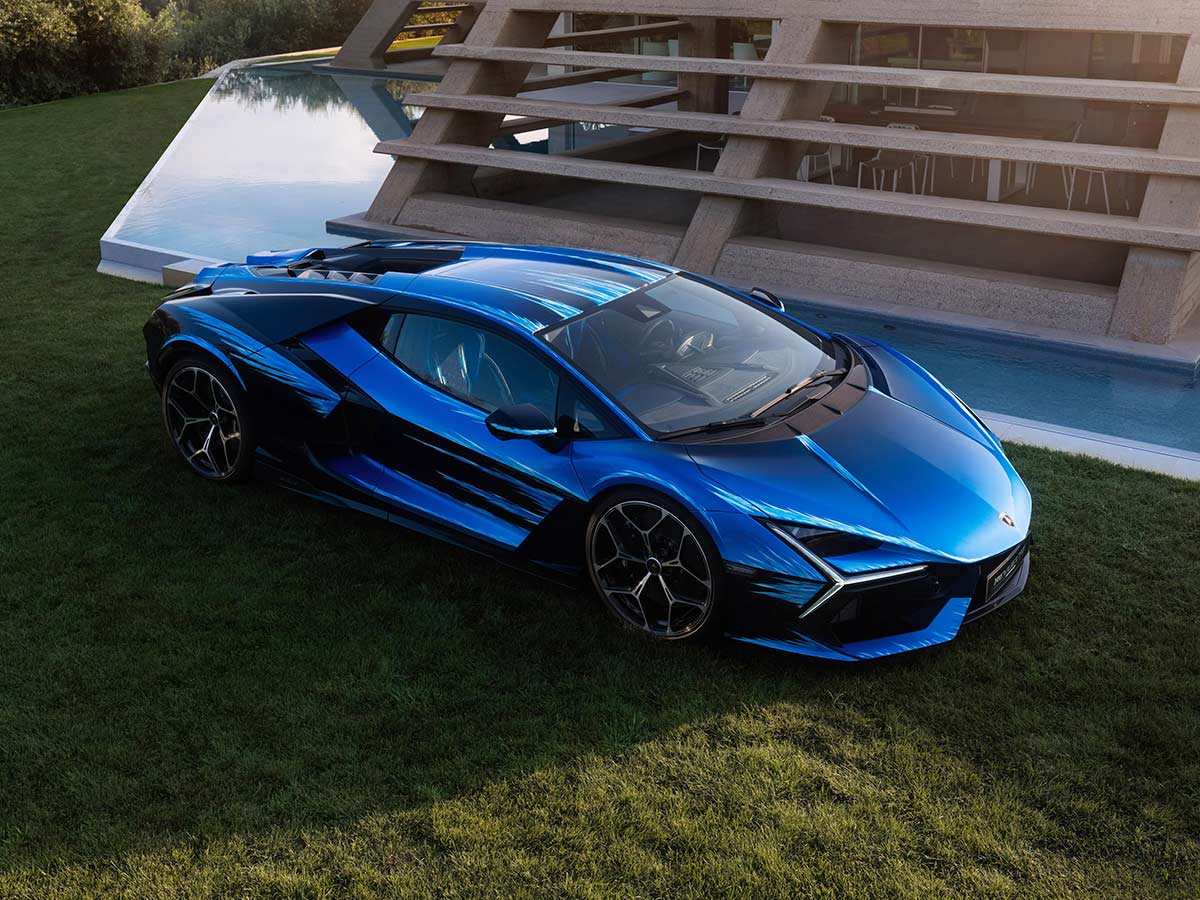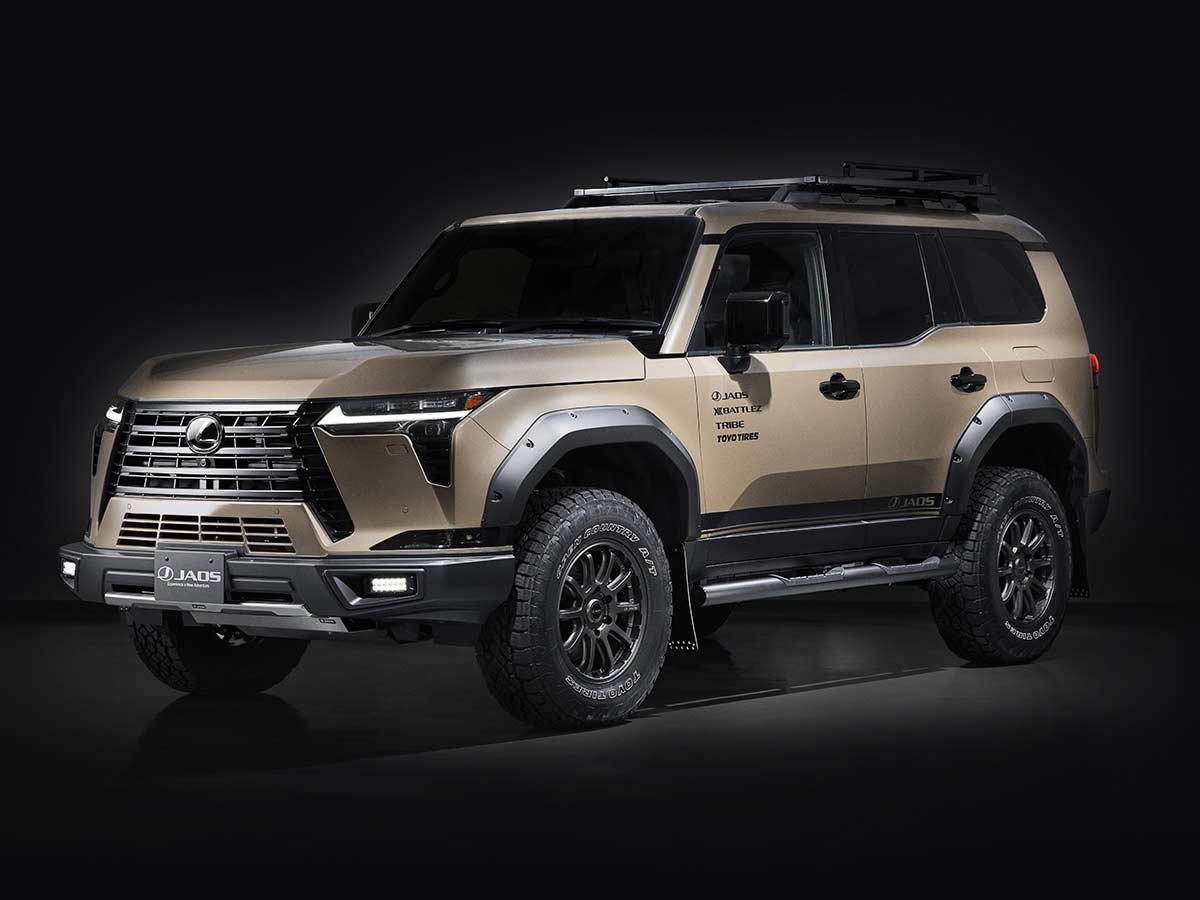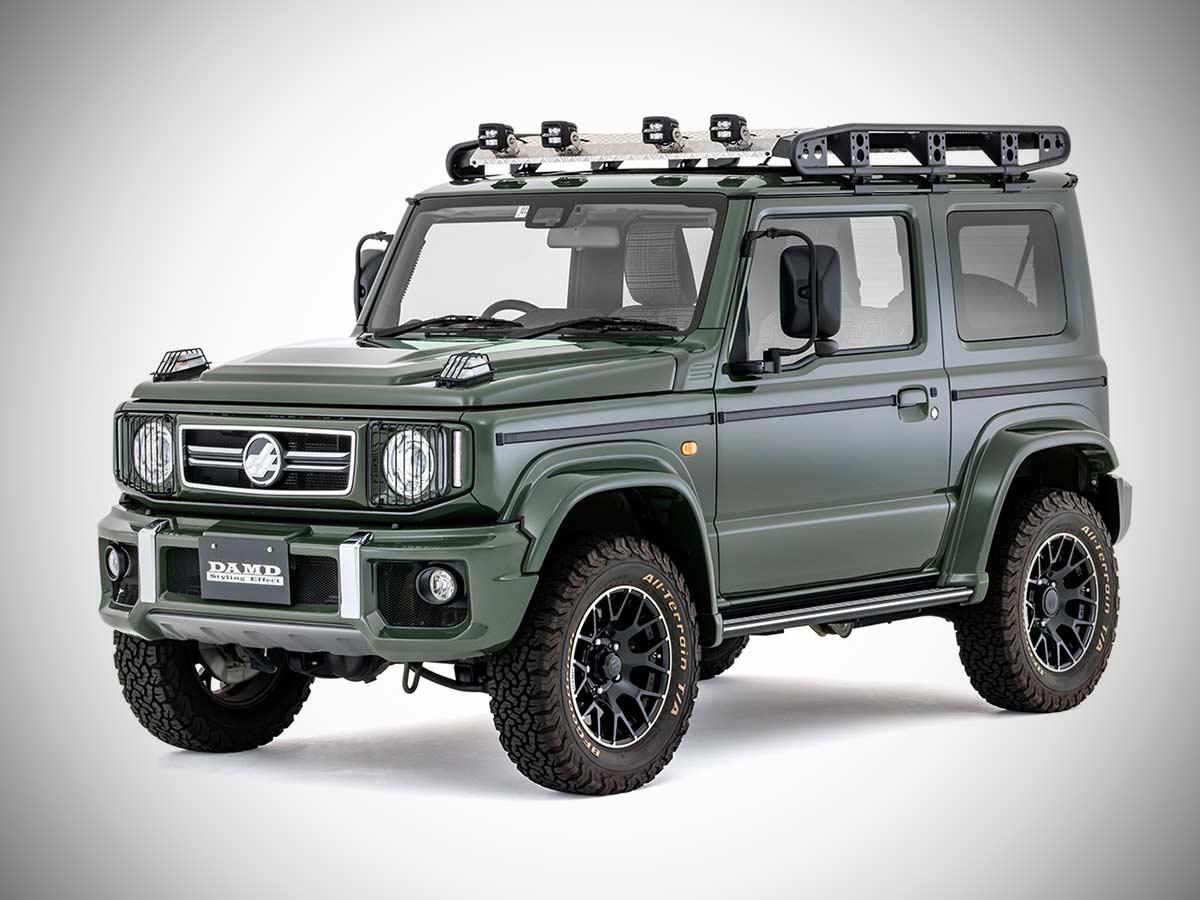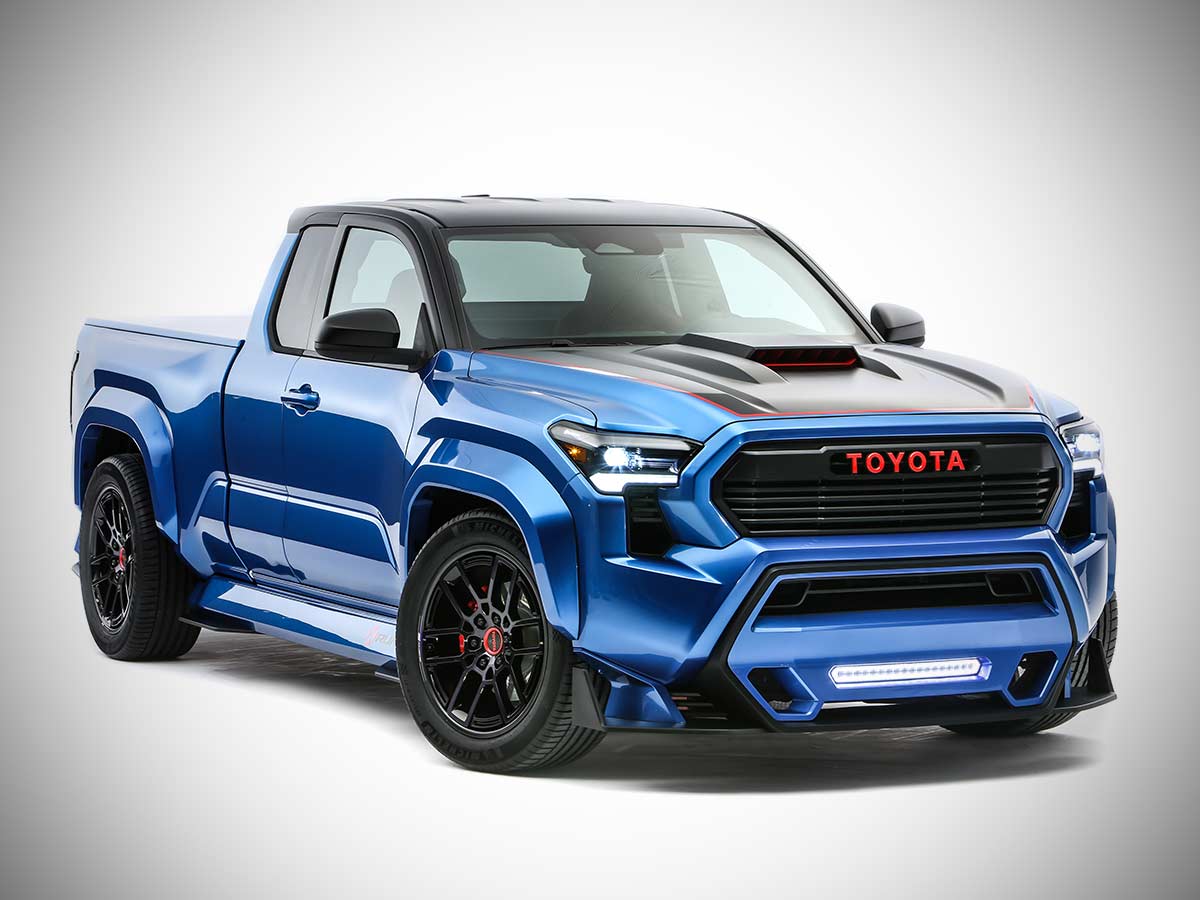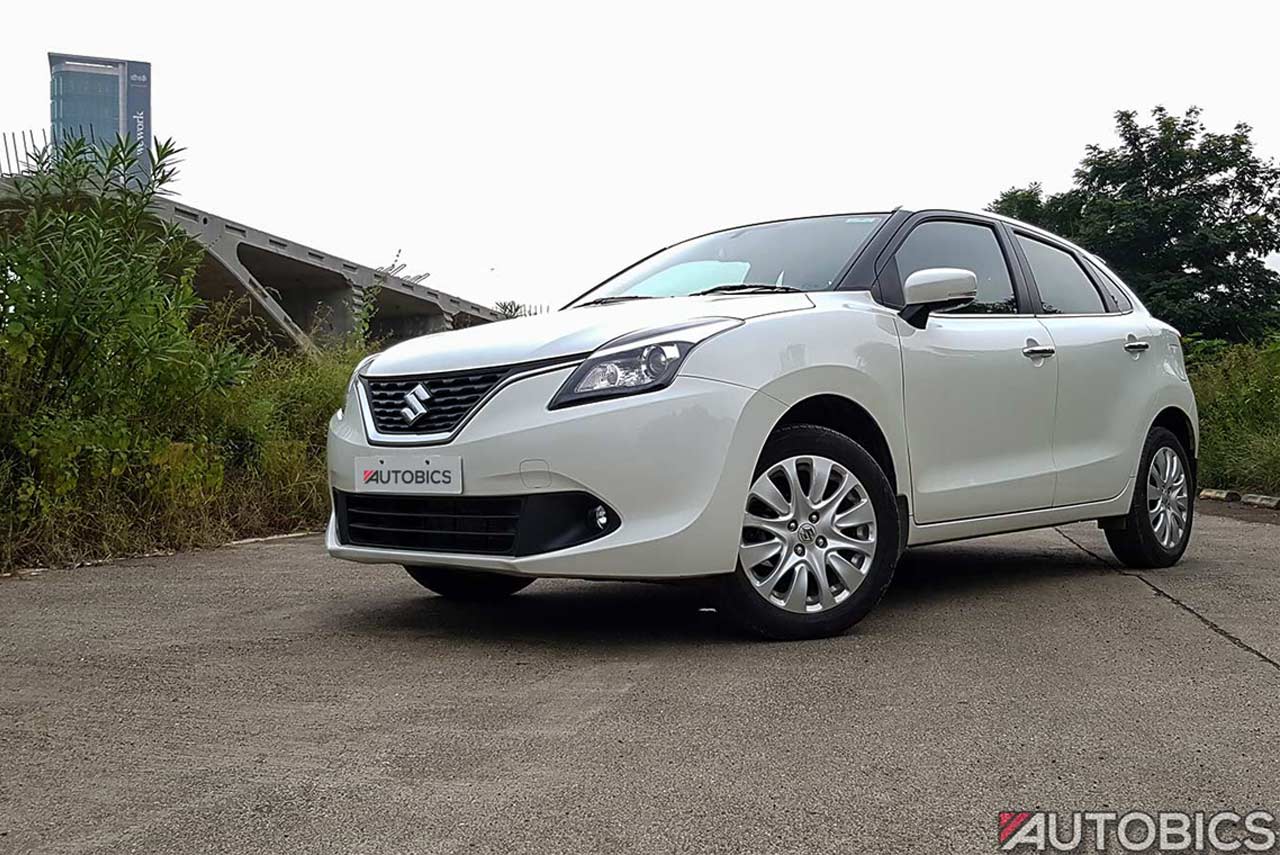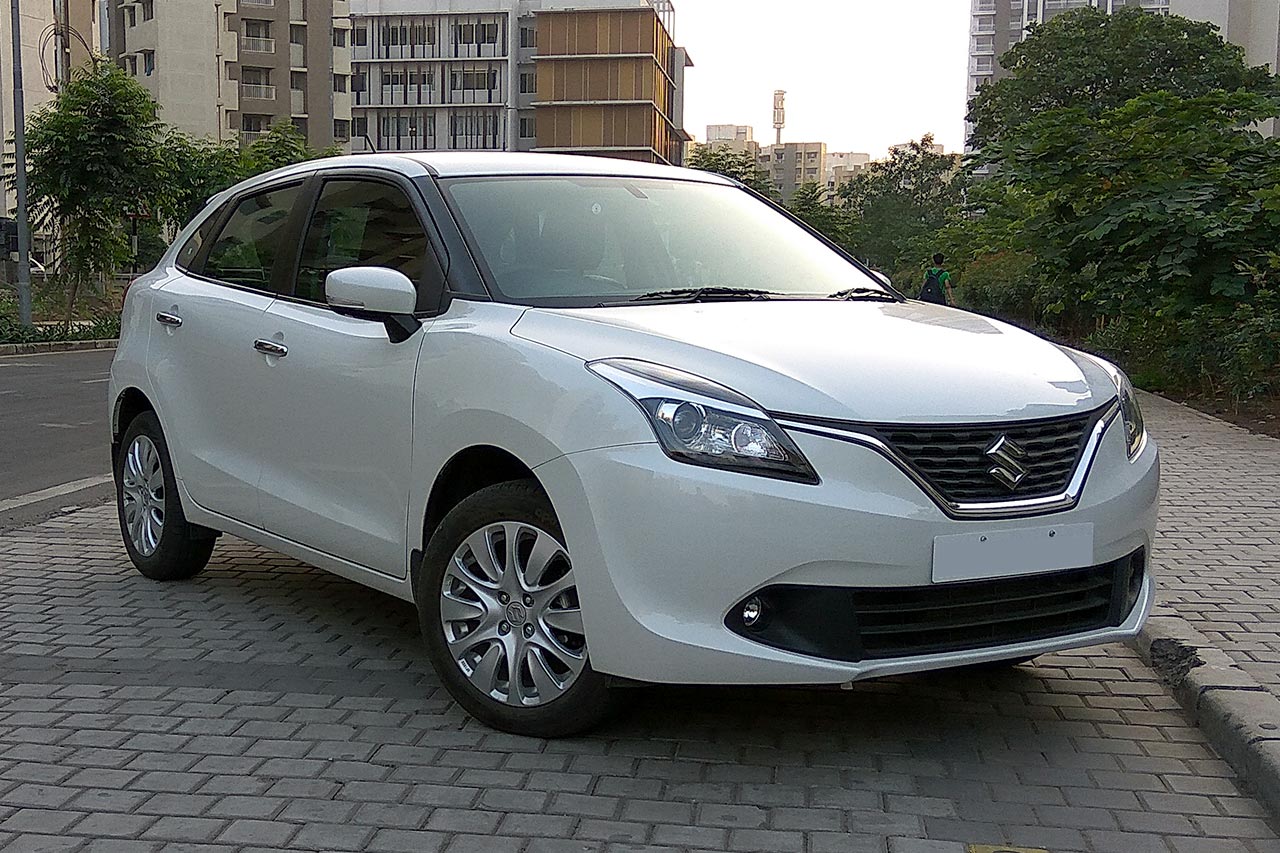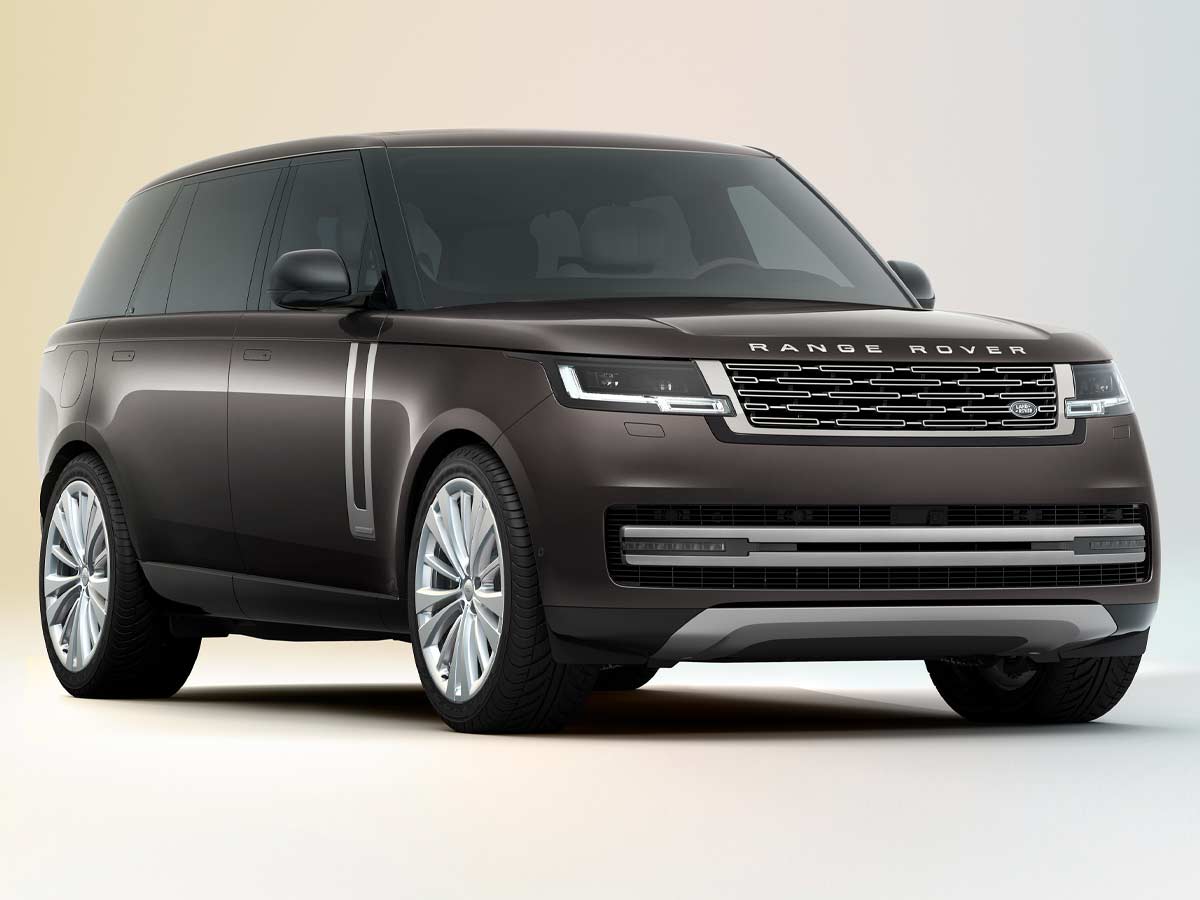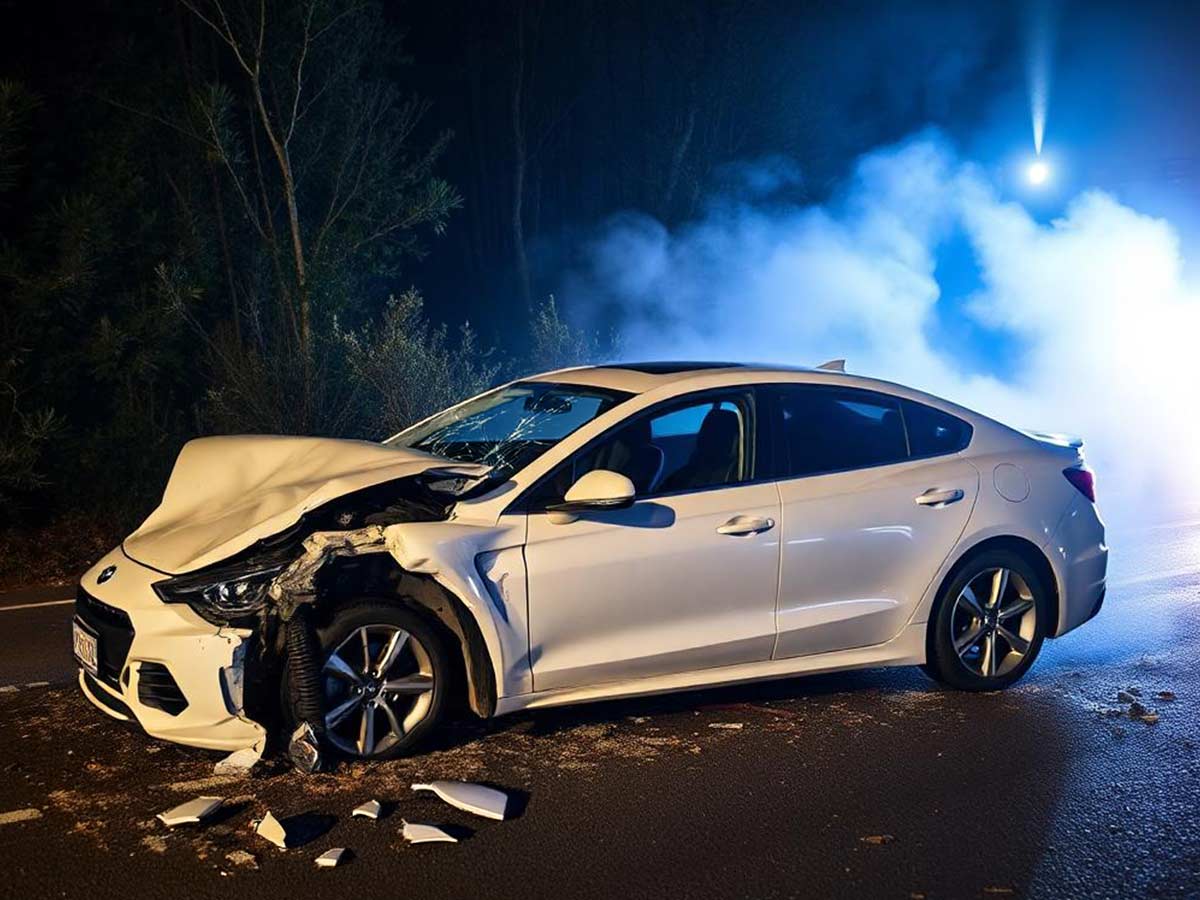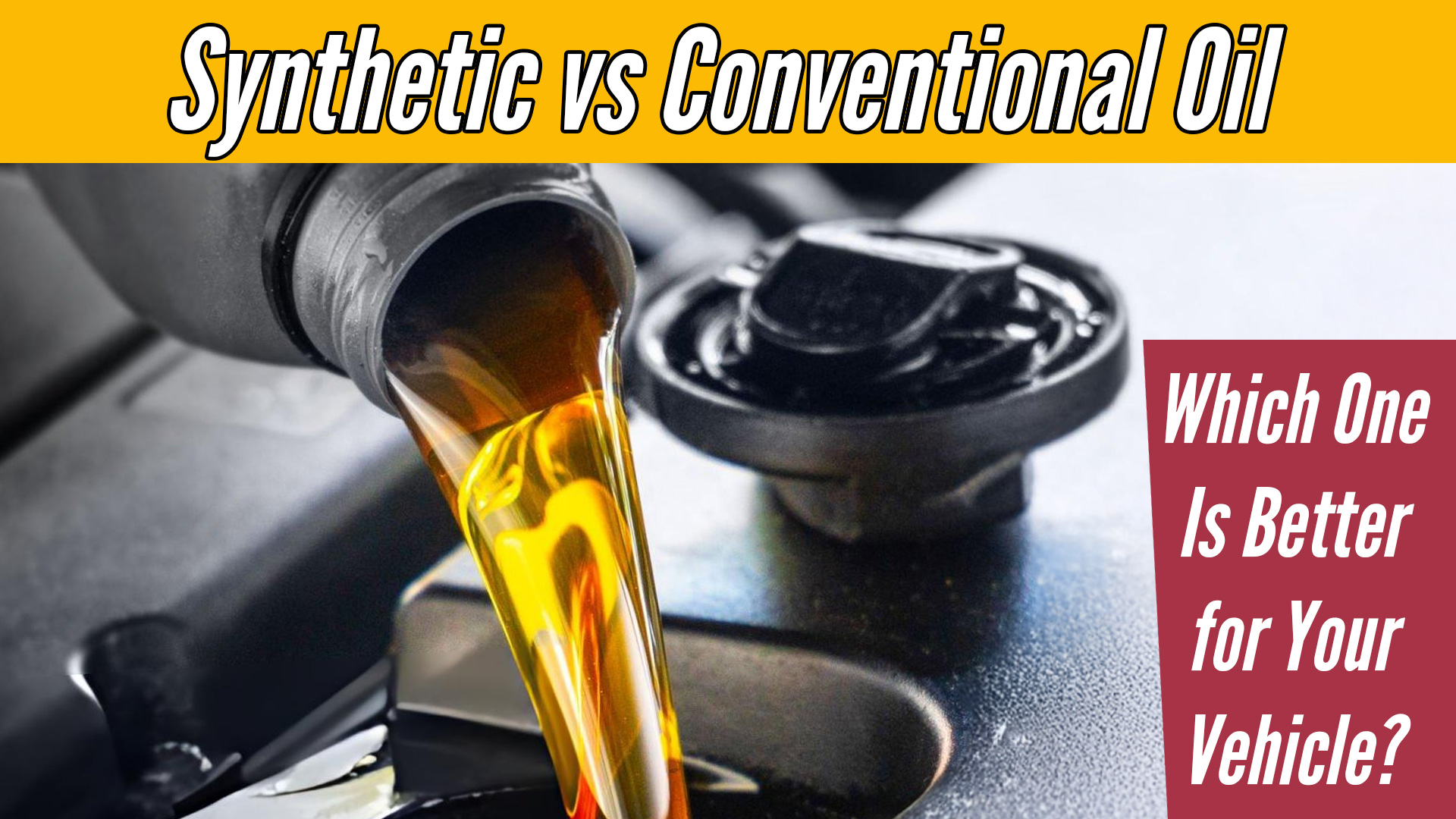White is the world’s most popular car color, but does that translate into stronger resale? It’s a common belief that white cars hold their value better – perhaps because they’re everywhere, hide dirt well, and never go out of style. In fact, 1 in 3 new cars globally is white. Experts advise that neutral shades (white, gray, silver) tend to be safer bets when selling. However, recent data paints a more nuanced picture. Studies now show that while white’s popularity ensures quick sales, its very ubiquity can actually flatten resale prices.
>>> Great Discounts on Car & Bike Accessories <<<
White cars remain ubiquitous on the roads (about 31% worldwide) and 34% in North America. This dominance has many causes: white reflects heat (ideal for sunny climates), conceals light scratches/dust better, and is often deemed the “safest” color at night. In Asia, especially China and India, white is especially dominant – roughly 60% of new Chinese cars are white, and in India white cars account for about 25% of sales. For these buyers, white is practical (reflects sunlight, easier maintenance) and even culturally auspicious. Many automakers even offer white as the standard no-cost color, further boosting its market share. All of this means that when it’s time to sell, there are usually plenty of buyers looking for a white vehicle – a fact that can, in theory, keep prices strong.
White is consistently the top color choice globally. However, its commonness can cut both ways: high demand but also high supply.
Yet the data tells a twist: white cars do not top the charts for value retention. In fact, some of the latest studies show the opposite. A 2025 analysis looked at over 1.2 million used cars (3-year old) and found that bright niche colors – not white – held value best. Yellow, orange and green vehicles depreciated much less (around 24–26% over 3 years) than typical cars, saving owners several hundred dollars vs. average. By contrast, white cars lost about 32.1% of their value over three years, worse than the market average (31%). In other words, a white car in that study would drop about $15,500 in three years, the second-largest dollar loss behind only gold-colored cars. Another report claimed this similarly: white and black were the least valuable colors after three years. The rationale is simple: when everyone is shopping for a white sedan or SUV, dealers and buyers have plenty of choice, so prices get driven down. An analyst explained, common colors “provide zero distinction” in the used market, making buyers insist on the lowest price.
Key Takeaway: While white cars are easy to sell (lots of buyers), they rarely command a premium. In used-car data, white often loses value as fast or faster than average.
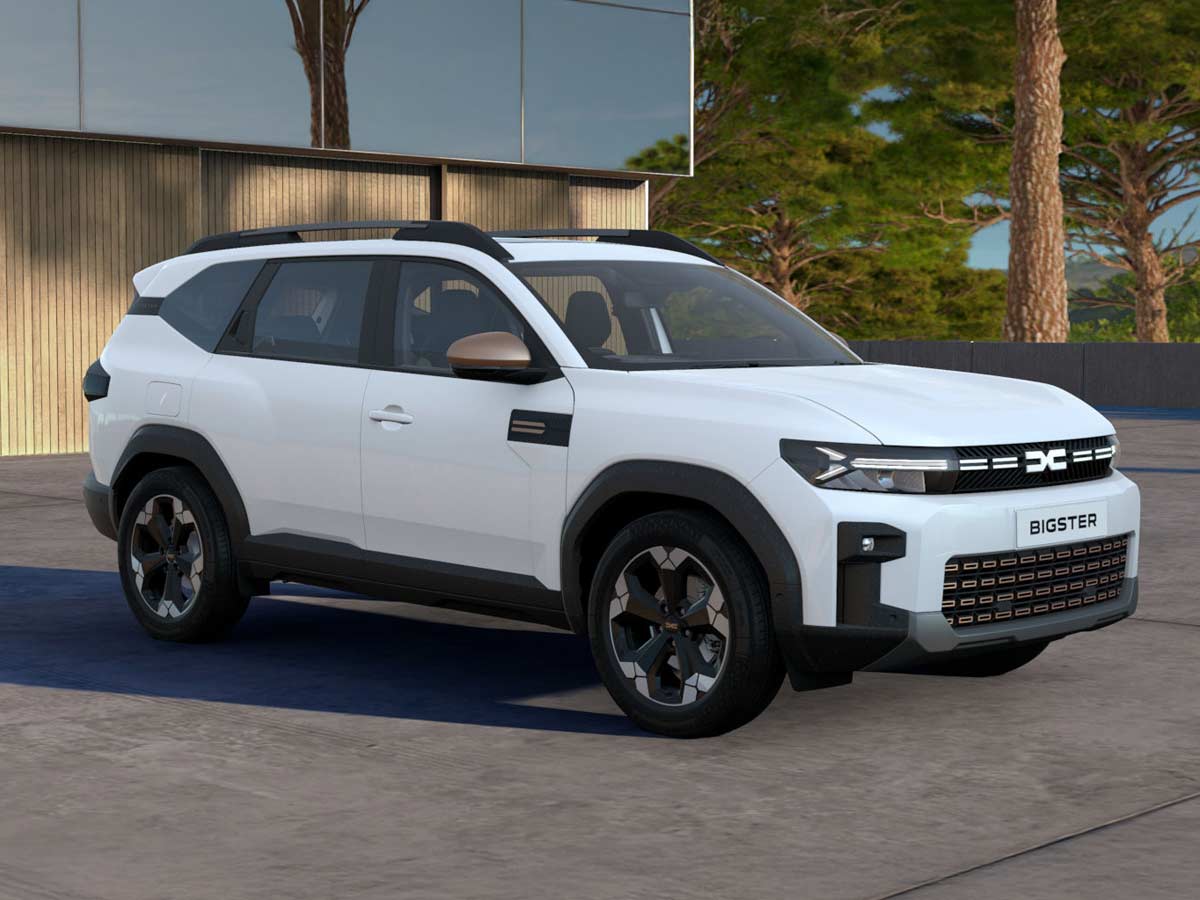
Popularity vs. Value: A Color Comparison
It helps to compare white against other common colors:
- Bright/Rare Colors (Best Retention):
- Yellow: only 24.0% depreciation over 3 years. Yellow cars saved owners about $700 more than average.
- Orange, Green: also around 24–26% loss. These stand-out shades often appear on niche models (sports cars, off-road trucks), limiting their supply.
- Neutral/Standard Colors:
- Silver: 29.8% depreciation. Silver is neutral, easy on buyers’ eyes, and hid imperfections well, so it slightly outperforms white.
- Gray: 30.5% loss, very close to silver. In fact there were reports that gray is rising in popularity globally, even overtaking white in some markets.
- Beige/Brown: around 30–31% loss.
- Common/Dark Colors (Below Average):
- Black: 31.9% depreciation. Despite its luxury image, black shows every chip and is very common (18–20% of new cars), so it tends to sell at discounts similar to or slightly better than white.
- White: 32.1% depreciation. This puts white right behind black in depreciation.
- Gold: 34.4% loss (the worst of all). Gold and other outdated browns and greens sell poorly.
In simple terms, the study’s ranking was: Yellow→Orange→Green (best) down to Black→White→Gold (worst). Many of the traditional “safe” colors (white, silver, gray) clustered around the middle, meaning they decayed close to the overall average. Neutral “fleet” colors like white and silver are easy for dealers to turn, so they don’t carry a sales premium. By contrast, a unique yellow or orange can net extra money because its rarity makes eager buyers (e.g. enthusiasts) pay more.
In everyday language: white isn’t magic for holding value. Bright, unusual colors often do better, though they may take longer to sell. Among the neutrals, silver and gray are tied or slightly better than white. Black is no better. In fact, a study notes that North American buyers are shifting away from white toward grays and muted earth tones, signaling that white’s resale advantage might be shrinking further.
Factors at Play: While color is a factor, remember it’s just one of many. Car make/model, mileage, condition, and market demand usually matter more. For instance, a white Toyota Corolla will generally sell for more than a pink Bentley, regardless of color. But color can still sway the final price by hundreds or thousands of dollars. According to one analysis, the choice of paint can alter a car’s three-year depreciation by several percentage points.

Why White Cars Are So Popular
If white doesn’t always fetch higher resale, why do so many people choose it? The reasons are practical and psychological:
- Visibility/Safety: Studies (e.g. AAA) suggest white is one of the safest colors because it’s highly visible, especially in low light or bad weather. A white car stands out on the road (except against snow), potentially reducing accidents.
- Heat Reflection: In hot climates, white exteriors reflect more sunlight, keeping the cabin cooler without running the AC as hard. Buyers in places like India and the Middle East prize this in summer.
- Maintenance: White hides minor scratches and swirl marks better than dark colors, and it shows dust and swirl less obviously than black. Many owners find that a white car looks cleaner between washes, which is appealing for busy commuters and commercial fleets.
- Neutral Taste: White is a “safe” neutral. It won’t clash with interior colors or fashion trends. This broad appeal means dealerships often order plenty of white cars, and rental/fleet companies love white for its universal look.
- Cultural Factors: In some countries, white carries positive associations (cleanliness, prosperity) or auspicious meanings. For example, white is a traditional wedding color in many cultures, which boosts its popularity during festival seasons.
- Manufacturer Practices: Auto makers have long considered white a baseline color. Often the standard non-metallic white costs no extra charge, whereas metallic or premium colors do. This pricing nudges buyers toward white or makes them see it as a default choice.
These factors make white an easy sell on the new-car lot. In fact, many used-car experts note that white’s continued popularity means an abundant pool of buyers. In markets like India, analysts even find that white cars often sell at a premium simply due to demand.
As per an expert, “The high demand for white cars ensures they have excellent resale value. Sellers can often command a premium for white cars in the used car market.”
So in markets where white isn’t oversupplied, its desirability can be a plus.
For many drivers, a white car is the easy choice. Manufacturers often supply them as base colors, and buyers prize white for its practicality and “clean” look.

Pros of White Cars:
- Broad appeal (sells fast)
- Low-cost base color (helps margins on new cars)
- Good for hot climates (reflective)
- Seen as neutral/safe, easy to maintain
Cons of White Cars:
- Lots of competition. Many used white cars flood the market, which means dealers have to offer lower prices to sell.
- Bland choice. White can come across as boring to some buyers, offering no visual statement.
- Popularity swings. Trends shift; for instance BASF notes buyers are now eyeing gray and even earthy yellows over plain white. If white falls out of style, its premium could slip further.
Balancing the Factors
In the end, color is just one piece of the resale puzzle. What matters most is the overall condition, history, and desirability of the car. For example, a well-maintained white Corolla will hold value far better than a poorly kept black luxury sedan. That said, it’s wise to factor color into your decision:
- Look at Trends: Check regional data or dealers’ inventories. If everyone in your area drives white SUVs, buying white might make yours blend in too much. But if your region favors white (e.g. hot climates or conservative markets), you’ll always have buyers.
- Consider the Car: Some buyers expect certain models in certain colors (e.g. sports cars in flashy colors). Conversely, a white sports car might stand out and lose psychological value. For family sedans and economy cars, white or silver usually makes sense.
- Maintenance History: Keep whatever color pristine. A white car in pristine shape is still easier to sell than a wrecked exotic color car. Paint condition and cleanliness can sway buyers heavily.
- Manufacturer Specs: Note that some automakers charge extra for desirable paint options. For example, Tesla has famously offered free white paint while charging for premium colors. This can skew how many white versus other colors are in the used market for those models. (Check if the white paint was “standard” for your model year.)
- Regional Differences: In India and parts of Asia, white cars often do fetch a higher price simply because they dominate the market. In North America and Europe, by contrast, white is popular but not rare, so it’s more of a neutral choice with no real upside in resale. In luxury segments, black sometimes sells better due to prestige, even though black also depreciates heavily.
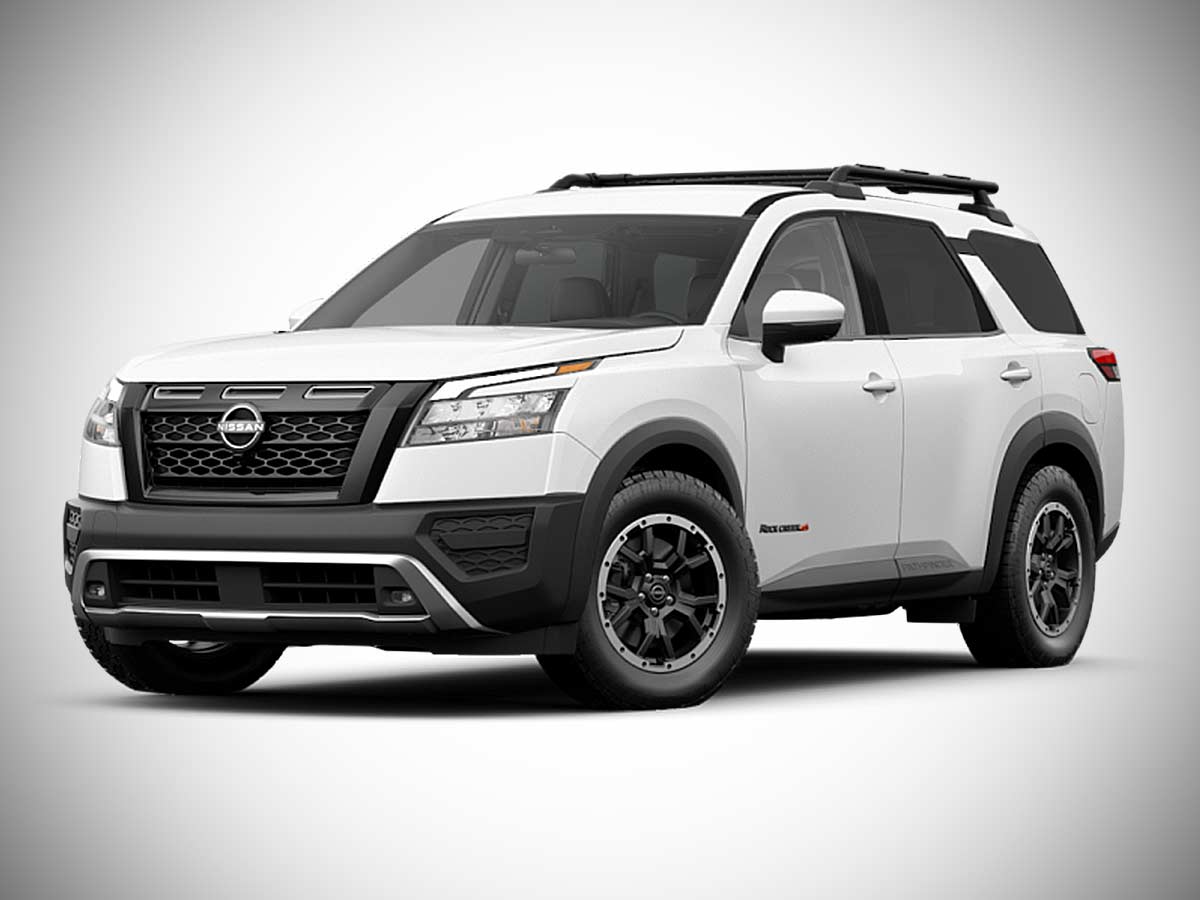
Are All White Cars Created Equal?
Not quite. There are subtle differences in tone and finish that matter at resale.
- Pearl White or Tri-Coat White: These have a shimmering effect and are often more expensive new, but they don’t always command higher resale unless paired with luxury models.
- Flat White: Easier and cheaper to touch up, widely used in fleets and budget vehicles.
- Metallic White: Popular on crossovers and mid-range sedans, tends to fetch better prices in urban markets.
Expert Tip: Buyers looking to maximize future value should choose white models with mid-tier trim, neutral interiors (black or gray), and clean vehicle histories.
The EV Factor: Why White Dominates Electric Vehicles Too
In the electric vehicle space, white isn’t just popular—it’s dominant. According to Tesla’s internal sales data, over 60% of their global Model 3 and Model Y units sold in 2024 were white. Why?
- Default no-cost paint option (Tesla)
- Tech-forward image
- Heat-reflective in battery-sensitive designs
As EVs become the future, white may extend its resale dominance even further.

A Smart Choice That Doesn’t Scream for Attention
White cars don’t beg for attention—they earn it quietly, mile after mile. Their popularity isn’t a coincidence but a perfect blend of logic, economy, and subtle elegance. From global fleet managers to tech-savvy early adopters, the world continues to vote white with its wallet.
So next time you’re on the lot or building your dream car online, remember: choosing white isn’t just about aesthetics. It’s a decision that could save you money, boost your resale, and align with automotive trends that show no sign of slowing down.
Frequently Asked Questions
Q: Do white cars really have higher resale value?
A: It depends on the market. In many places, white sells quickly but doesn’t earn a high price premium. Studies show white cars usually depreciate at or above the average rate. In some markets like India, the demand is so strong that white models can command a bit more. But overall, don’t count on white alone to boost resale. Focus on maintenance and choosing a broadly popular car instead.
Q: Which car color holds its value the best?
A: Surprisingly, bold rarer colors often hold value best. A study indicates colors like yellow, orange and green had the lowest depreciation (about 24-26% over 3 years). Among neutrals, silver and beige performed slightly better (~29-30%) than white. Standard whites and blacks tended to lose value faster than these uncommon colors. That said, demand patterns change: bright colors may be niche, so while they hold value, they may limit your buyer pool.
Q: Why are white cars so popular?
A: White is popular because it’s practical and versatile. It reflects sunlight (keeps the car cooler), hides dust and small scratches, and is highly visible for safety. It’s also viewed as a neutral, “clean” choice that appeals to many tastes. In some cultures, white has positive meanings (purity, luck). Manufacturers often include white as a default or no-cost option, reinforcing its prevalence.
Q: Does car color affect insurance or maintenance costs?
A: Not directly. Insurance companies say paint color itself doesn’t change premiums (risk and theft stats are more important). Maintenance-wise, white paint can be easier to touch up or match, since it’s common. However, any car’s real maintenance cost depends on use and care more than color.
Q: What is the safest car color?
A: Many safety studies point to white as one of the safest colors, because it stands out in most conditions. Silver is often cited as a close second. Dark cars (black, dark blue) and very bright reds or oranges can be harder to see at night or in bad weather. Still, safe driving always matters more than color.
Q: Does color choice vary by region or segment?
A: Yes. Hotter regions favor light colors like white and silver (to reduce heat). Luxury segments often prefer dark neutrals (black, gray) for an upscale look, whereas economy models skew white/silver for practicality. Sports cars and convertibles often go for bold hues (red, yellow) – and interestingly, those cars tend to keep color value better as noted above.
Q: Is white a good color for a used car if I want to resell it quickly?
A: Generally, yes. White cars tend to attract attention from a broad range of buyers, so you’ll likely find a buyer faster than if your car were a very unusual color. This can help you sell quicker and avoid a price drop. However, being the most common color, white won’t let you ask for more than similar models – you’ll usually end up with the going rate, not a bonus.
Q: Are there any colors I should avoid if resale is my priority?
A: Usually, the least practical or trendy colors are riskier: very bright orange/red, neon/fluorescent shades, or very niche custom colors. Uncommon “flashy” colors lose value (if they have limited appeal, not because they’re bright per se). Also, earth-tone browns and tans have fallen out of favor in many markets. Sticking with neutrals (white, silver, gray, black) or mainstream colors (blue, red in moderate tone) is safest.
Q: Does paint finish (metallic, matte) affect resale?
A: Yes, to some extent. Standard glossy paint usually sells best. Special finishes like matte or satin are niche – they can look cool, but they’re expensive to repair and might deter some buyers. Most used-car guides recommend factory-standard finishes for the broadest resale appeal
Q: Do luxury cars in white also retain more value?
A: Yes. White luxury cars like BMWs, Audis, and Teslas hold value well, especially in urban and tech-savvy markets. Pearl or metallic whites are often favored in premium segments.
Q: What’s the worst color for resale value?
A: According to 2024 data, green and brown cars have the highest depreciation—often over 30% in three years—because of limited demand and niche appeal.
Q: Should I pick white if I plan to keep my car long-term?
A: Yes, especially if you live in a warm region or plan to resell eventually. White is low-maintenance, timeless, and smart for long-term value.
Citations:
collisionrepairmag.com, acg.aaa.com, cars24.com, iseecars.com, motor1.com, capitalone.com, basf.com, kbb.com, wardsauto.com
